From Cradle to Cradle
Pinehurst and St. Andrews are practically twins – but are hardly identical
From Cradle to Cradle
By Joe Passov
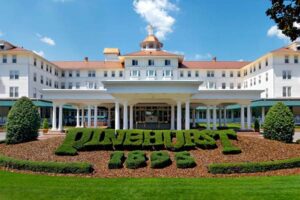
The 2022 summer spotlight shined again on Pinehurst and St. Andrews. The U.S. Women’s Open returned to Pine Needles for the fourth time in early June; the 150th Open Championship checked into St. Andrews in mid-July. By sheer coincidence, I first visited Pinehurst in April 1992, St. Andrews, Scotland in September 1992. In the three decades since, I’ve revisited both golf havens on multiple occasions. Nothing in 30 years has changed my early opinions: Pinehurst is the spiritual home of golf in the United States and St. Andrews the spiritual home of golf in Scotland — and for the rest of the world. There are no two places on earth where the senses are so saturated by golf. For all the traits they share, Pinehurst and its surrounding communities and St. Andrews with its web of proximate villages could be considered first cousins, perhaps even siblings. Yet their differences highlight how special and unique each destination is.
Setting the Mood
No resort destination in America is as rich in golf history and lore as the storybook village of Pinehurst. One hundred and twenty-seven years ago, Pinehurst founder James Tufts recognized the region’s sandy soil: It compared favorably with the soil of coastal Scotland, which meant it was perfect for golfing ground. It made for easy walking and drained quickly after a rain. By 1900, Pinehurst had its first golf course and America had its first true destination golf resort.
As for St. Andrews? Its earliest settlers were prehistoric; the establishment of the present town began around 1140 and golf arrived in the 15th century. The Royal & Ancient Golf Club dates to 1754. St. Andrews isn’t merely historic. It literally embodies the history of golf.
The Village and the Town
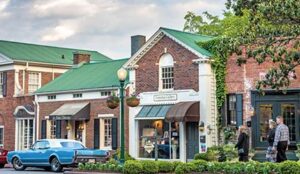 As of the 2020 census, there were 17,581 people residing in the village of Pinehurst. The corresponding number in the town of St. Andrews is 18,410. The startling similarities don’t end there. Pinehurst’s history is of recent vintage, yet much of the central village, including the Pinehurst Resort, was designated as a National Historic Landmark District in 1996, owing not only to its landscape design by Frederick Law Olmsted, who fashioned New York’s Central Park, but also owing to its unparalleled golf history.
As of the 2020 census, there were 17,581 people residing in the village of Pinehurst. The corresponding number in the town of St. Andrews is 18,410. The startling similarities don’t end there. Pinehurst’s history is of recent vintage, yet much of the central village, including the Pinehurst Resort, was designated as a National Historic Landmark District in 1996, owing not only to its landscape design by Frederick Law Olmsted, who fashioned New York’s Central Park, but also owing to its unparalleled golf history.
St. Andrews’ history is ancient. It is home to Scotland’s oldest university, dating to 1413. Its main streets and cobbled alleys twist through shops, restaurants, medieval churches and university buildings, eventually converging in the ruins of a 12th century cathedral. Amid the ruins is the St. Andrews Cathedral Graveyard, where golfers pay their respects to memorials of Scottish golf’s early giants, including Allan Robertson, Old Tom Morris and Young Tom Morris. It is a sobering and contemplative experience, not only out of reverence for the setting, but in the acknowledgement of the pioneers who helped develop the game we all so cherish.
Legendary golf writer Herbert Warren Wind once described the town’s appeal as “a nice, cheerful conjoining of the past and present. With its three very wide main streets — South, Market and North —and the stepped roofs of many of its buildings, it looks more like a Flemish town than a Scottish one. The handsome buildings add immeasurably to its charm … In St. Andrews, everyone knows golf and talks it. Approximately seventy-five percent of the residents play it.”
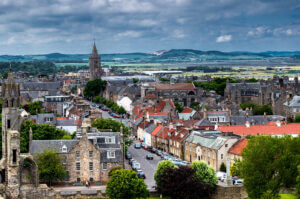 Indeed, for a place known as the “Auld Grey Toon,” (“old gray town”), St. Andrews possesses charms both visible and ethereal. If you’re a golfer, you feel at peace, exhilarated and at home, all at once. That description applies equally to Pinehurst and its golf-savvy denizens. Striding about the town’s dogwood- and azalea-lined paths, past the New England-in-the-Sandhills buildings, and breathing in the scent of longleaf pines on a breezy spring evening will cure whatever’s ailing you.
Indeed, for a place known as the “Auld Grey Toon,” (“old gray town”), St. Andrews possesses charms both visible and ethereal. If you’re a golfer, you feel at peace, exhilarated and at home, all at once. That description applies equally to Pinehurst and its golf-savvy denizens. Striding about the town’s dogwood- and azalea-lined paths, past the New England-in-the-Sandhills buildings, and breathing in the scent of longleaf pines on a breezy spring evening will cure whatever’s ailing you.
Teeing Off
Pinehurst No. 2 is the anchor tenant in the Pinehurst golf mall. Neither the North Sea nor the Eden River adjoin the course as they do at St. Andrews — nor any sea or river — yet the two share a glut of traits. At first blush, many golfers, as they do at the Old Course, may wonder what all the fuss is about. It’s hard to discern No. 2’s virtues at first glance. The topography is tame — no soaring peaks or plunging valleys, nor any expansive water hazards. Same with the Old Course. The brilliance comes through on both courses because of their sandy bases. This makes for a wonderful walk and it also yields beguiling contours. Each retains an Old World emphasis on proper placement and on utilizing the ground game to arrive at your ultimate target. The caddie experience enhances the traditional experience at Pinehurst and the Old Course, the better to walk in famous footsteps of players who have competed in U.S. Opens, British Opens, a Ryder Cup, a PGA Championship and countless other significant events.
I like what my friend John Dempsey, President of Sandhills Community College, had to say in comparing the two golf meccas. “The feeling of being ‘in town’ is what the Old Course shares with Pinehurst No. 2,” said Dempsey. “Standing over a putt on 18 of No. 2 and hearing the chimes from the Village Chapel is a magical and oddly restful experience. No place has it, at least not in my travels.” Mine, either, John.
 St. Andrews’ other golf offerings are solid, though not one is a bucket-list item. The Himalayas putting course is a rollicking good time — though Pinehurst counters nicely with its own Thistle Dhu layout for flatstick fun. If the New course at St. Andrews (1895) and the Castle (2007) are the next best at St. Andrews, Pinehurst can parry with No. 4, recently reworked by Gil Hanse, which is indeed a must-play, as is Tom Fazio’s No. 8. Advantage, Pinehurst, especially with the most fun golf experience in the neighborhood, the Hanse-designed Cradle, a par-3 course you want to play over and over.
St. Andrews’ other golf offerings are solid, though not one is a bucket-list item. The Himalayas putting course is a rollicking good time — though Pinehurst counters nicely with its own Thistle Dhu layout for flatstick fun. If the New course at St. Andrews (1895) and the Castle (2007) are the next best at St. Andrews, Pinehurst can parry with No. 4, recently reworked by Gil Hanse, which is indeed a must-play, as is Tom Fazio’s No. 8. Advantage, Pinehurst, especially with the most fun golf experience in the neighborhood, the Hanse-designed Cradle, a par-3 course you want to play over and over.
Another John Dempsey-ism I like: “One thing these places share is the awareness that golf and a ‘wee dram’ go hand in hand,” he said. “Each has a 19th hole (several, actually) where scorecards can be matched, excuses made and plans developed to play again, all lubricated by a beverage of choice.”
I’m calling this one a tie. The Jigger Inn is one of my personal favorites. Adjacent to the Road Hole at the Old Course, the warm, cozy atmosphere in a building that dates to 1850 makes it ideal for a pint, a whisky and a sticky toffee pudding. Neck and neck is the Dunvegan, which sits 112 yards from the 18th green. The place that European Ryder Cup captain Sam Torrance called “the perfect 19th hole” just oozes golf.
Yet — and yet — Pinehurst dishes out the Ryder Cup Lounge, located off the lobby at the Pinehurst Resort’s Carolina Hotel, plus The Deuce, which features indoor and outdoor seating, the former which is awash in memorabilia, the latter which affords handsome views of the 18th hole at No. 2. Don’t’ miss Mr. B’s at the Pine Crest Inn, laden with collectibles and lore related to its former owner, Donald Ross. It’s also home to the most distinctive tradition in town — the chipping board next to the lobby fireplace. Just as many wagers have been settled here as on the golf courses.
Orbiting Pinehurst and St. Andrews
Let’s be fair, however. Pinehurst is only the cherry on top. If you picture the Village of Pinehurst as the hub of a wheel, its spokes extend to such communities as Southern Pines, Aberdeen, Whispering Pines, Carthage and others. Fan out 30 minutes in any direction from Pinehurst and you’ll discover one good golf course after the next, plus compelling attractions and appointment dining.
Wonderful golf courses dot the countryside of Moore County. Some approximate the early Sandhills motif, especially the Donald Ross designs at Pine Needles, Mid Pines and Southern Pines, all in Southern Pines. Others reflect the region’s appeal, but with bolder, more modern features, such as Talamore in Southern Pines, Tobacco Road in Sanford, Legacy in Aberdeen and slew of private gems, such as Dormie Club, Forest Creek and the Country Club of North Carolina.
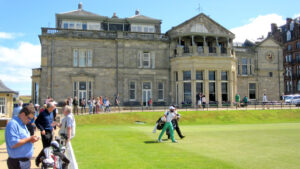 Beyond St. Andrews, the county of Fife serves up Top 100 in the World Kingsbarns, seven miles from St. Andrews, future Top 100 Dumbarnie Links in Leven, nine miles from town and ancient Crail, the world’s seventh oldest club, also roughly nine miles from St. Andrews. Contiguous Lundin Links and Leven Golfing Society, a bit further still from St. Andrews, are worthy journeys as well. It’s hard to top the pleasure of seaside links golf, but for quality with quantity, Moore County’s collection wins top honors.
Beyond St. Andrews, the county of Fife serves up Top 100 in the World Kingsbarns, seven miles from St. Andrews, future Top 100 Dumbarnie Links in Leven, nine miles from town and ancient Crail, the world’s seventh oldest club, also roughly nine miles from St. Andrews. Contiguous Lundin Links and Leven Golfing Society, a bit further still from St. Andrews, are worthy journeys as well. It’s hard to top the pleasure of seaside links golf, but for quality with quantity, Moore County’s collection wins top honors.
Both Pinehurst and St. Andrews embody living golf history. Walk the streets or the fairways of either and you can’t help but encounter the ghosts of golf’s greats roaming unfettered. I was so in awe of the Pinehurst aura that when I teed off for the first time on No. 2 thirty years ago, my legs wobbled with nervous fatigue. Only the presence of my caddie, Fletcher Gaines, who had caddied for Gene Sarazen, Tommy Armour and Curtis Strange, was able to calm me. At the Old Course first tee five months later, I nearly hyperventilated. Pinehurst and St. Andrews have that effect.
How does one adequately capture the enduring appeal of the remarkably similar golf capitals of Pinehurst and St. Andrews? I’ll leave it to the Silver Scot, Tommy Armour, winner of the U.S. Open, PGA Championship and British Open between 1927 and 1931 and to Bobby Jones, Grand Slam winner in 1930. “The man who doesn’t feel emotionally stirred when he golfs at Pinehurst beneath these clear blue skies and with the pine fragrance in his nostrils is one who should be ruled out of golf for life,” exhorted Armour.
“I could take out of my life everything except my experiences at St. Andrews, and I would still have had a rich and full life,” gushed Jones.
They’re both right. Separated by a mere 3,746 miles, Pinehurst and St. Andrews are indelibly linked by those who cherish the sight and sound of club hitting ball.
Joe Passov, a.k.a. “Travelin’ Joe,” has been writing about golf since 1991, with a specialty in travel, history and golf course architecture. In 2019, the American Society of Golf Course Architects honored Joe with its Donald Ross Award, for contributions to golf and to golf course design. He lives in Cave Creek, Arizona, with his wife Betsy.
Other Blogs
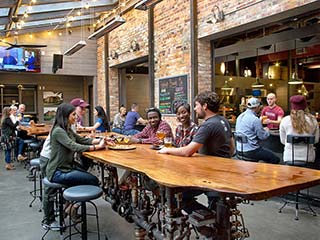
10 Great Things To Do
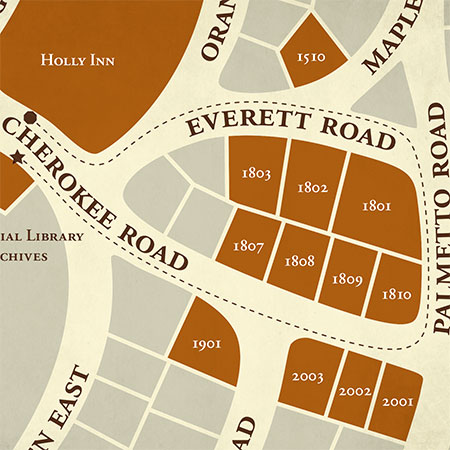
Discover The Path To Pinehurst’s Past

Insider Golf Tips
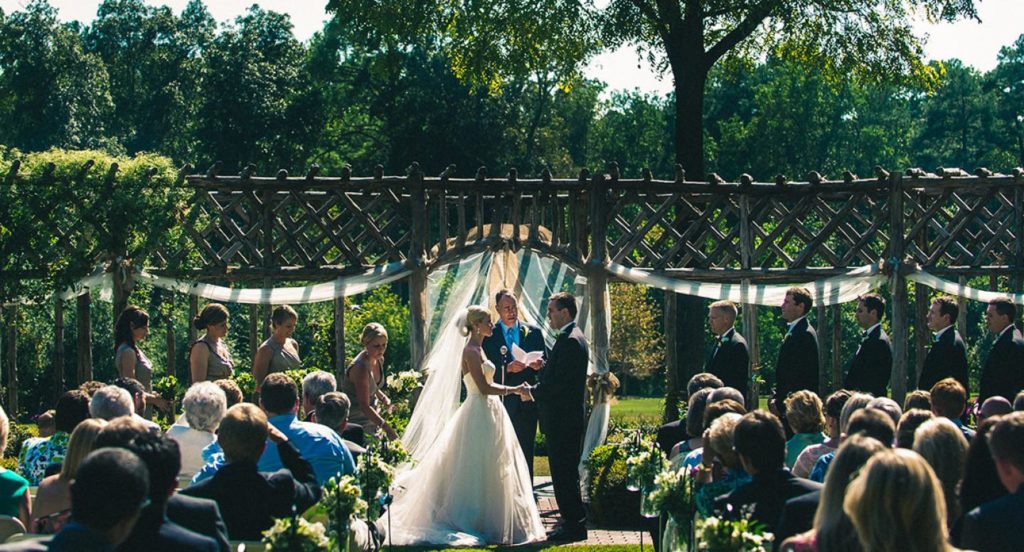
Unique Wedding Venues

North Carolina Couples Vacation
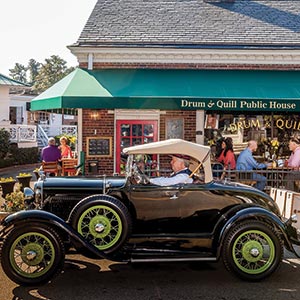
Our Favorite 19th Holes in the Home of American Golf

Girlfriend Getaways

Tobacco Road: A Truly Unique Golf Adventure
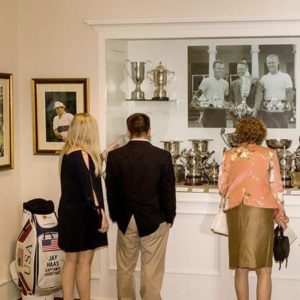
Carolinas Golf Association Hall of History

Where the Ladies Golf
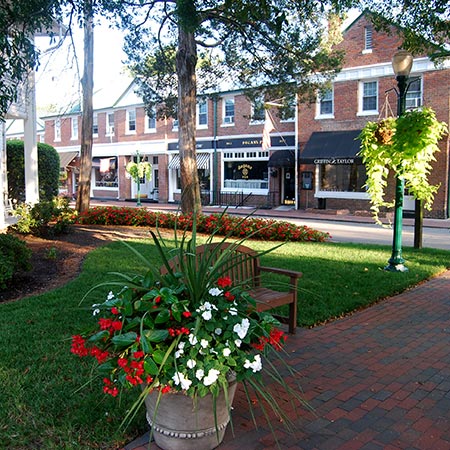
Romancing Pinehurst
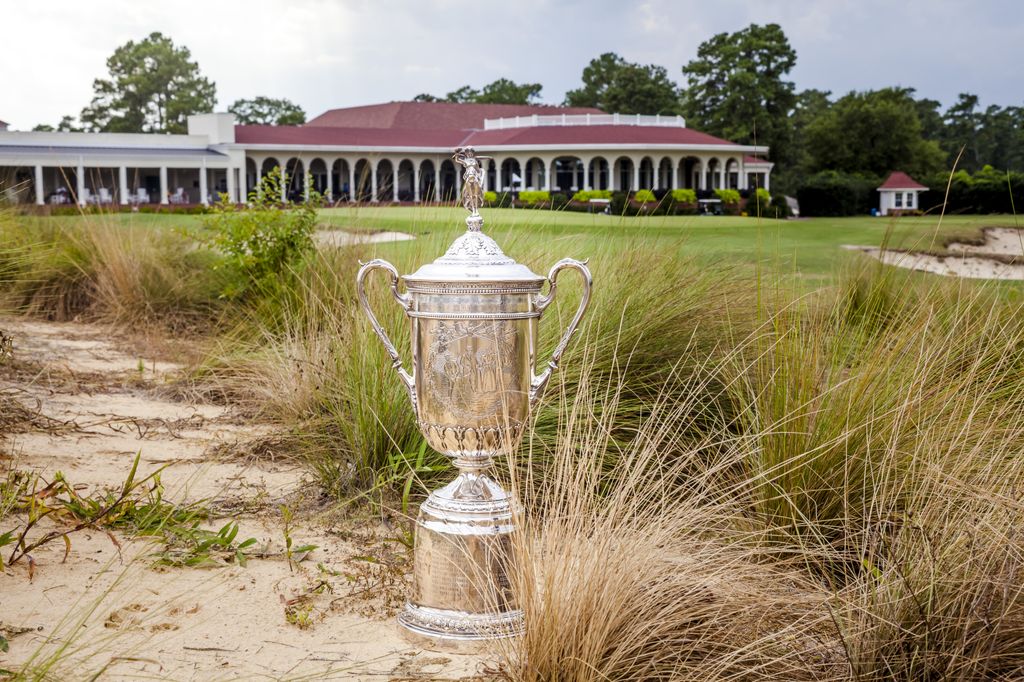
Home of American Golf and U.S. Open Connections
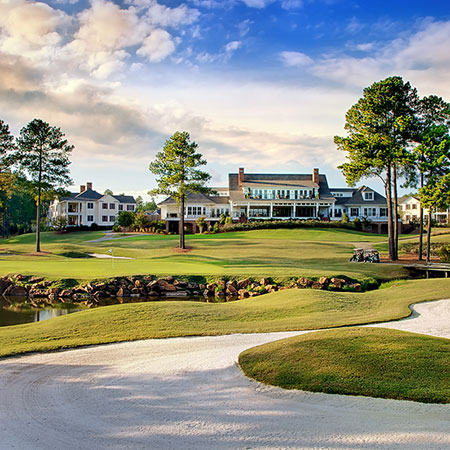
Former U.S. Open Champions Provide Pinehurst Area Some of Its Finest Designs
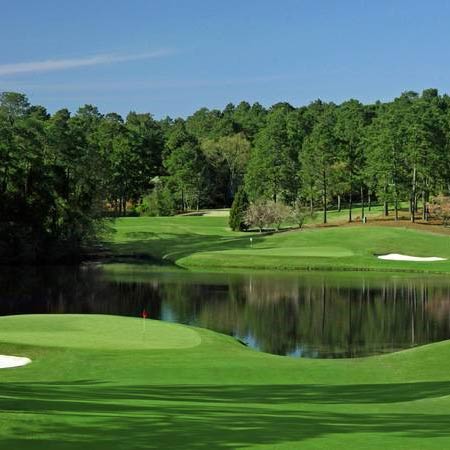
Donald Ross First of Many Architects to Design U.S. Open-Quality Courses in Sandhills
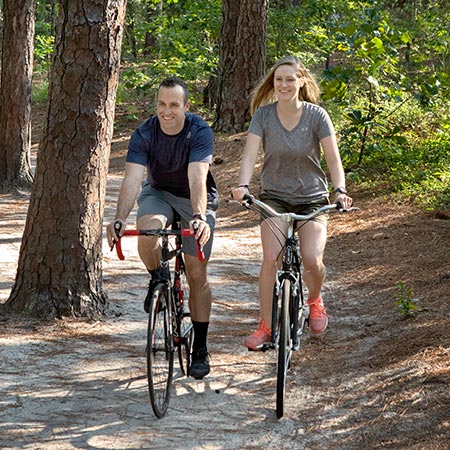
Sandhills Offers Outstanding Variety of Outdoor Activities
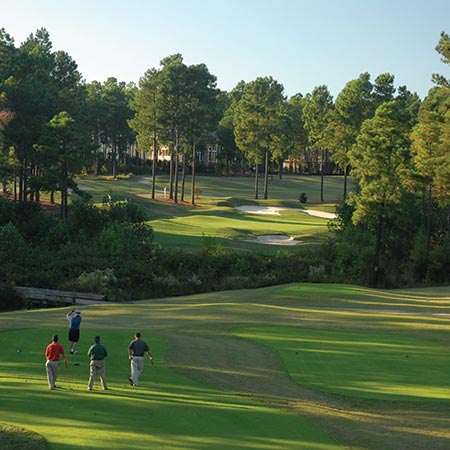
Buddy Golf Trip
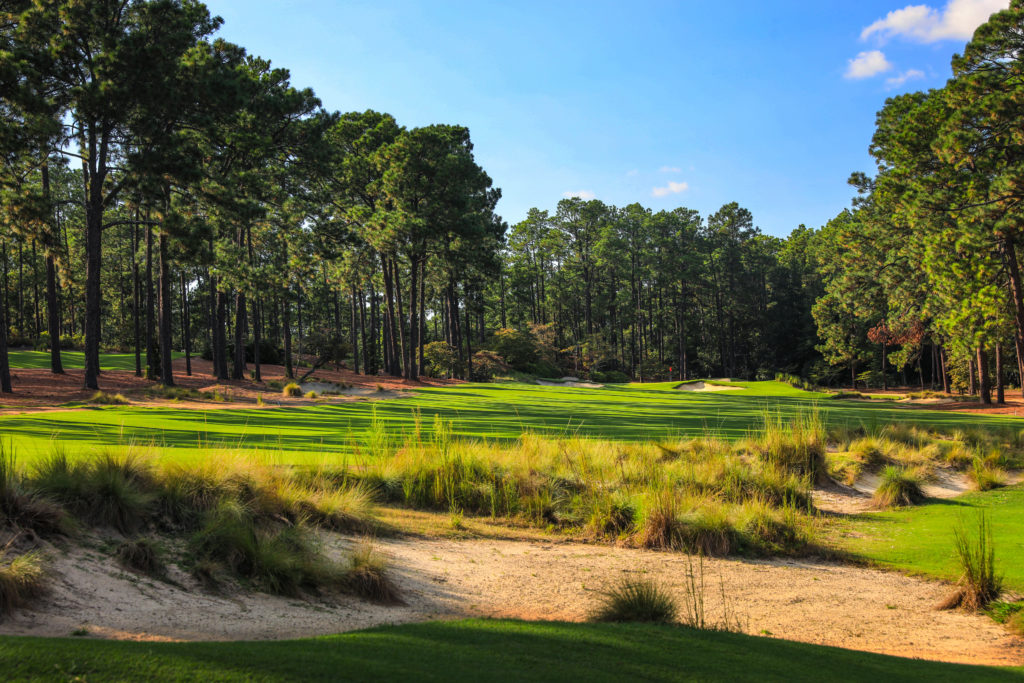
18 Holes of Local Knowledge for the Sandhills Golfer
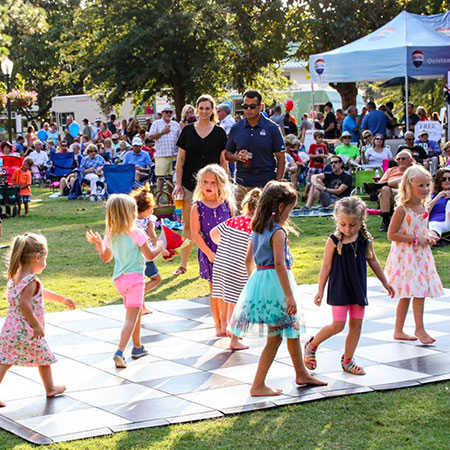
The Family Fun Trip
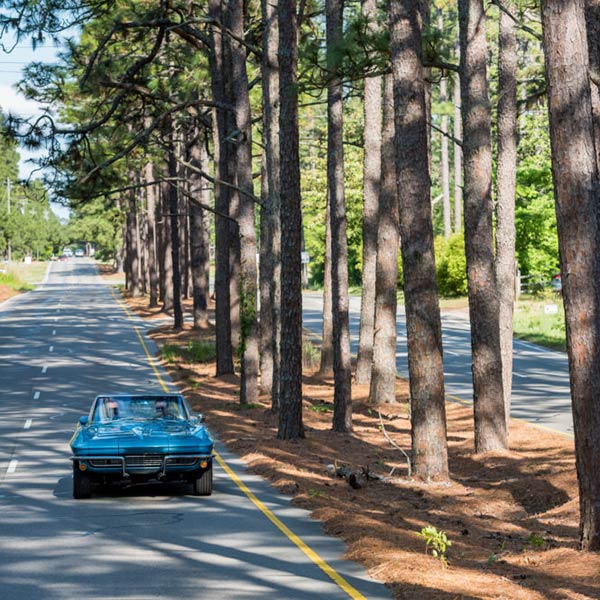
Midland Road: The “Fifth Avenue of Golf”
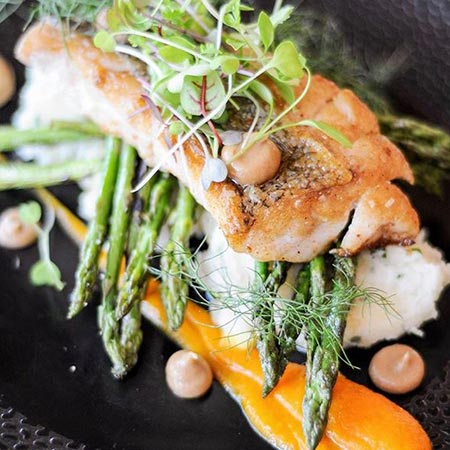
Collards, Community and Collaboration
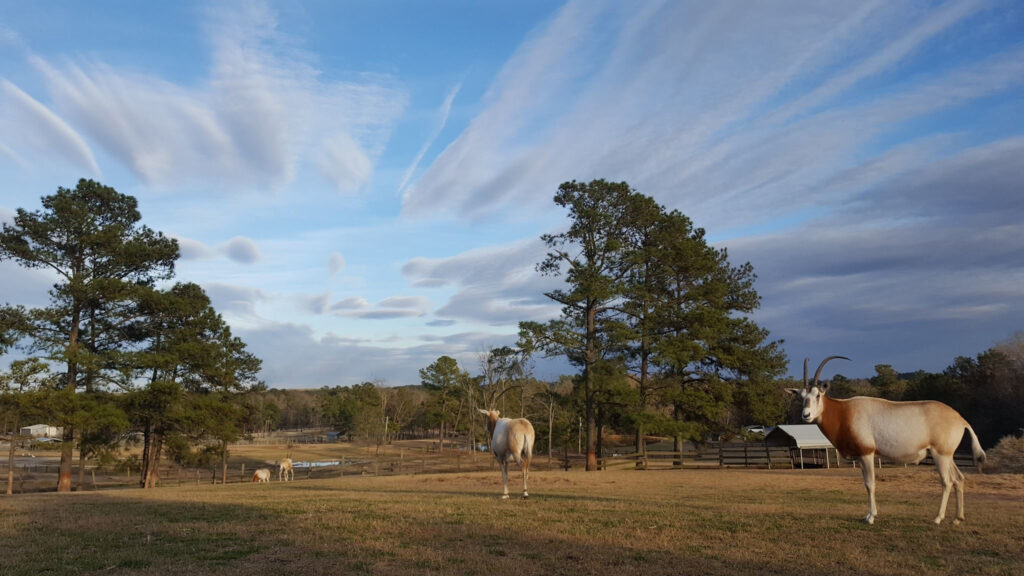
10 Little-Known Facts About North Carolina’s Pinehurst/Southern Pines Region

Sandhills Holiday Gift Guide

Spring Primer: Local Knowledge from the Home of American Golf

Our Favorite Coffee Shops in the Sandhills
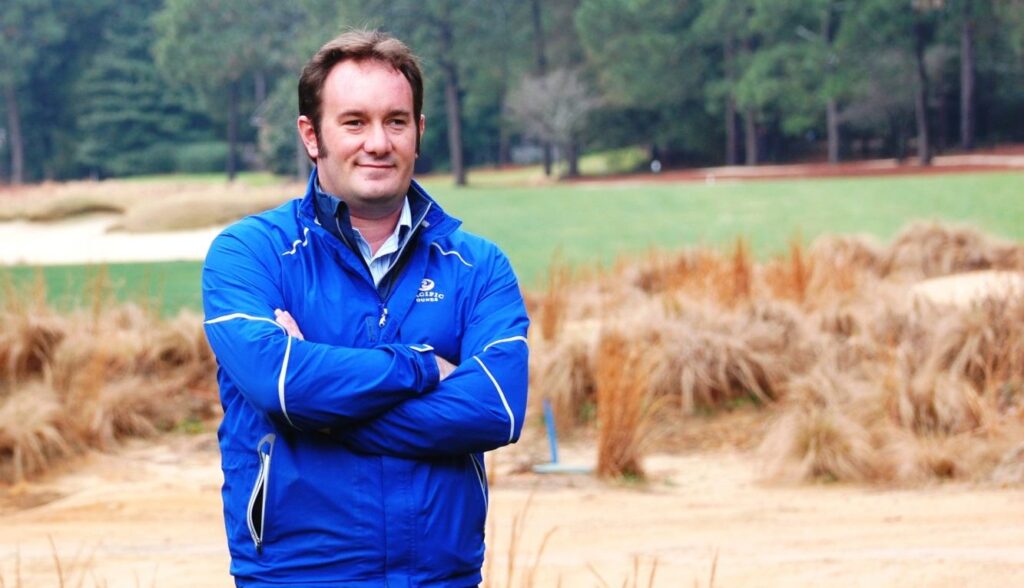
Franz Creating Legacy on the Links

Bring Fido! Pet-Friendly Finds Among the Pines
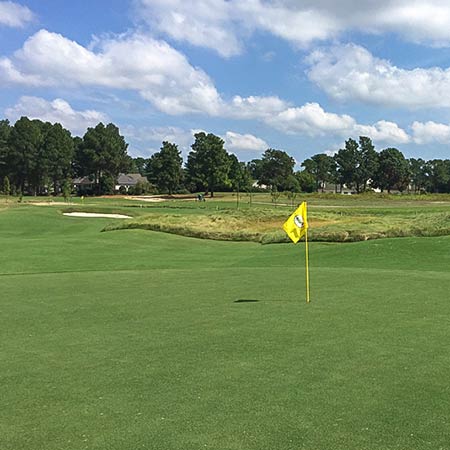
Bottlebrush: Pinehurst Area’s Best Kept Secret
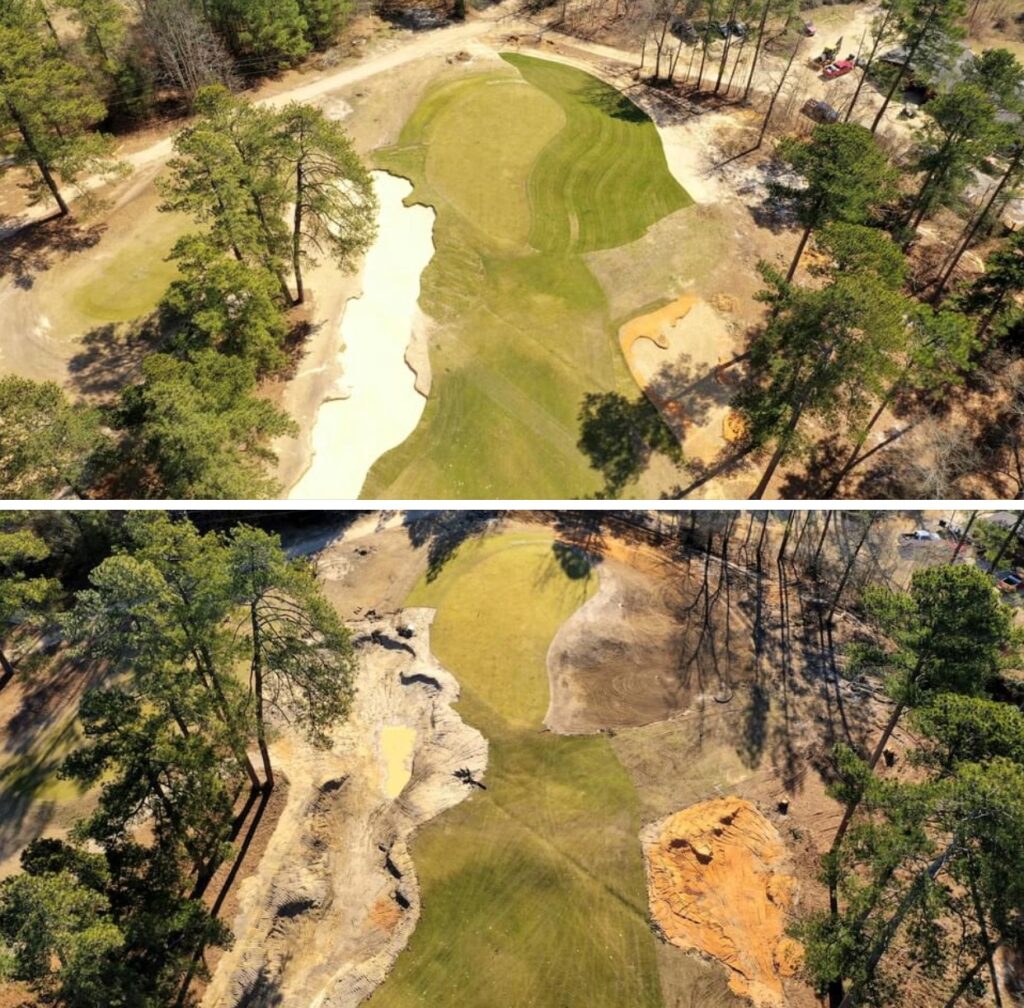
Franz Part 2: The Legacy Continues

Why Visit Pinehurst If You Don’t Play Golf?

First Timer’s Guide to Pinehurst
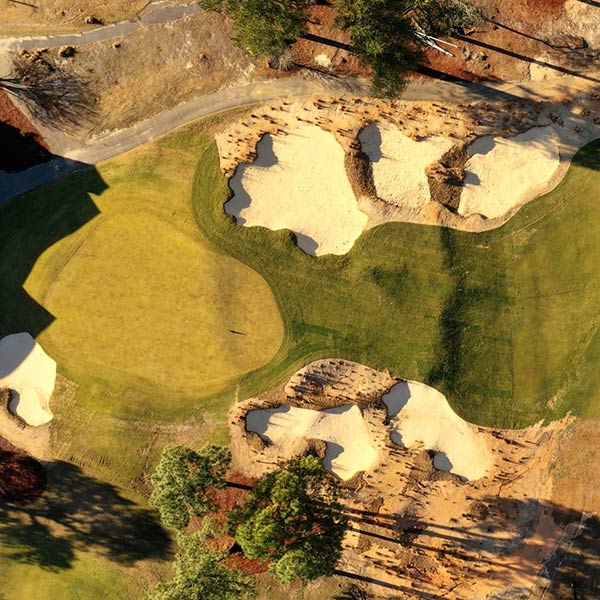
Franz Part 3: On Sandhills Topography
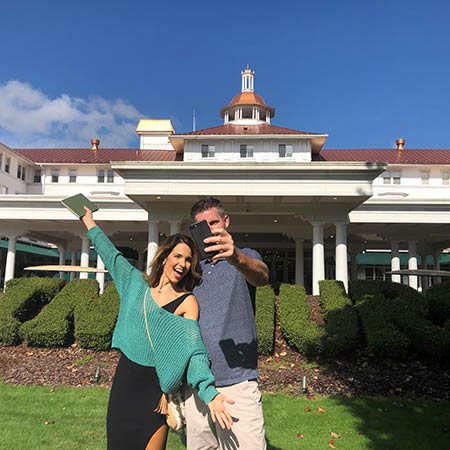
Top 10 Places for a #Sandhills Selfie
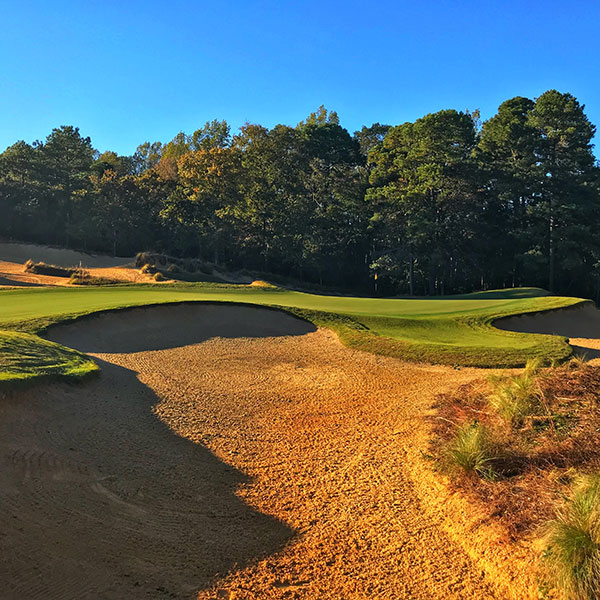
“Bermuda Revolution” Around Sandhills Leads to Ideal Year-Round Golf

Hunger Games – Sandhills Golfers Dining Guide

Episode 1: Golf Tips with Nick Bradley

Episode 2: Golf Tips with Nick Bradley

Sandhills Embraces Walking Culture
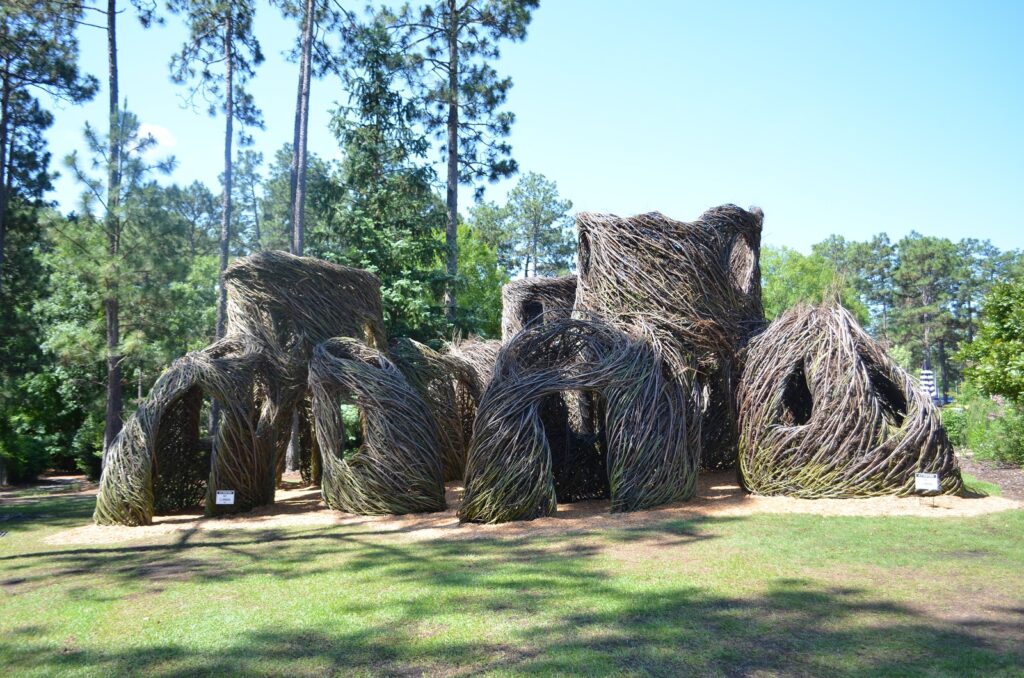
Patrick Dougherty: The Stickman Cometh

Dining A to Z

Fall Renewal in the Sandhills

Pinehurst’s Ryder Cup 1951

No. 2 Celebrates 10 Years

2004 Ryder Cup That Wasn’t
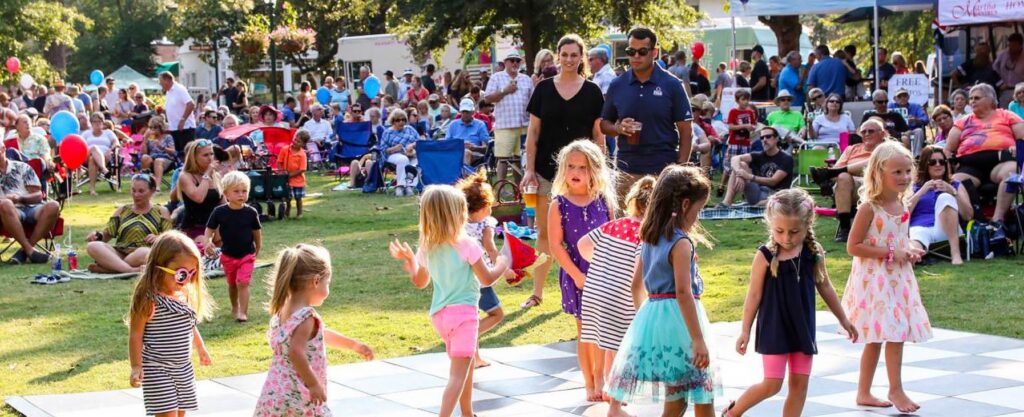
Family Fun in the Sandhills
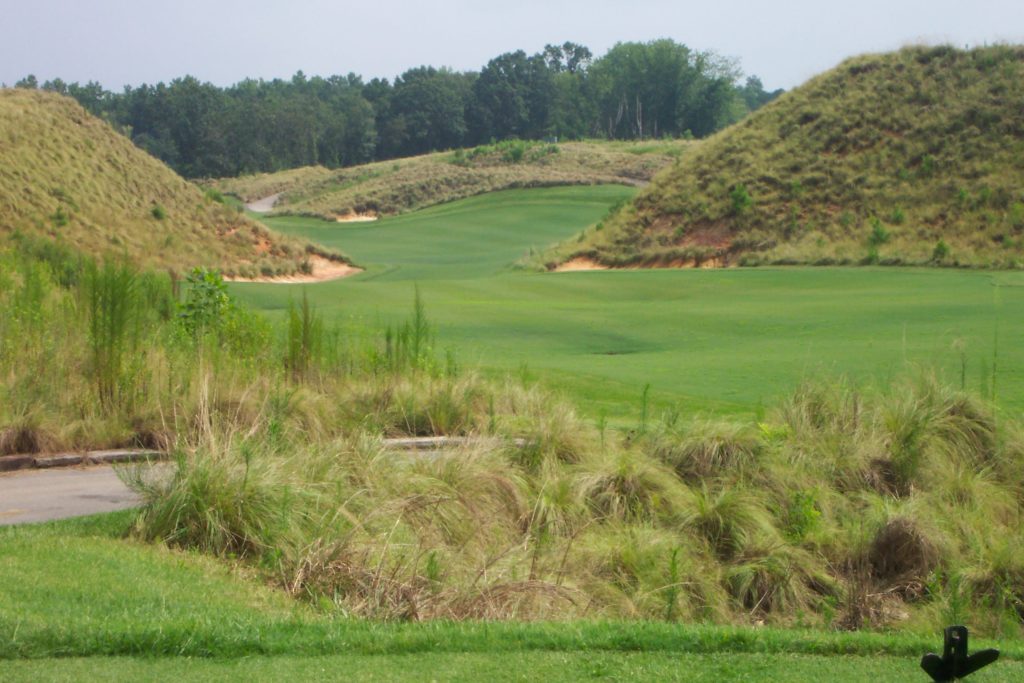
Remarkable Golf Stays in The Pinehurst Area

Couples Weekend Getaway Ideas

Nature’s Canvas: Tobacco Road

Perfect Getaway to Southern Pines

Culinary Discoveries in the Sandhills of N.C.

Restaurant Roundtable Q&A
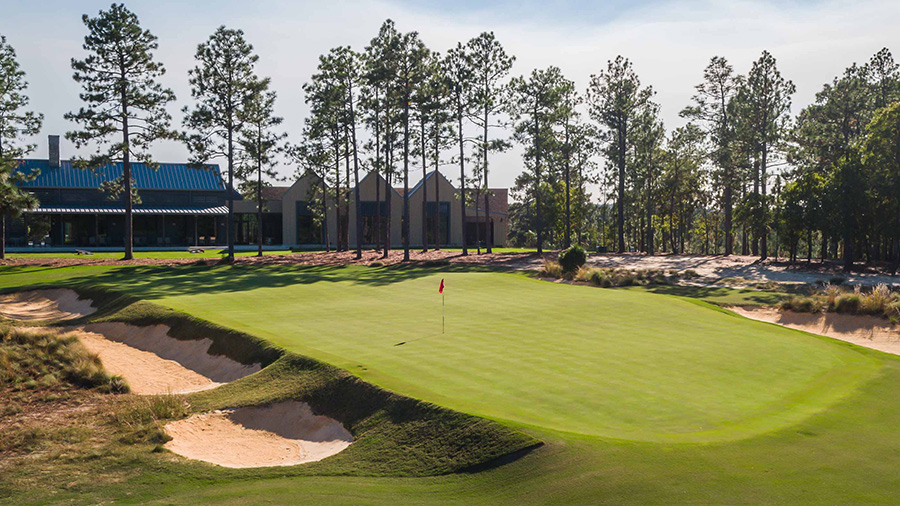
Dormie Club’s New Era
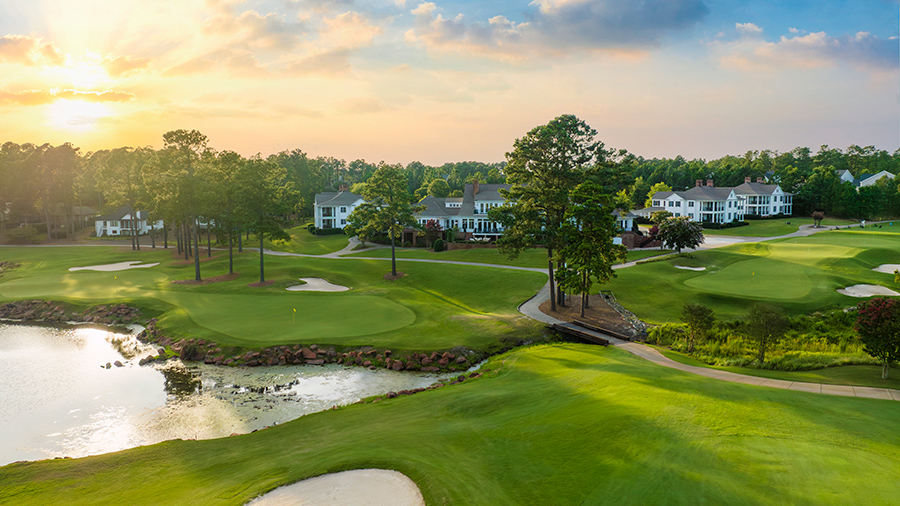
Talamore and Mid South: History of Their Own

Undiscovered Pinehurst

Off for Pinehurst
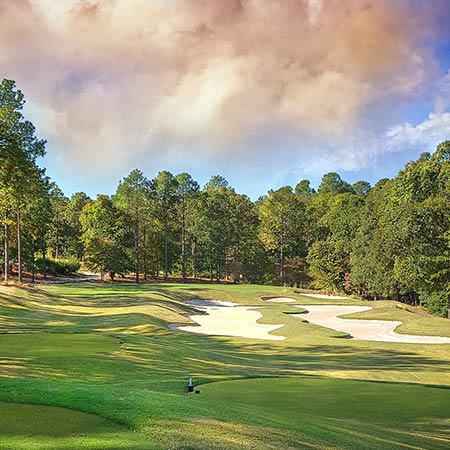
Talamore Doing More for 2022
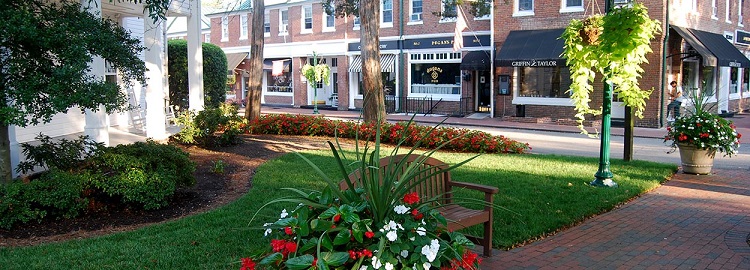
Romantic Gift Ideas In Pinehurst Area

Foodie Weekend in the Sandhills
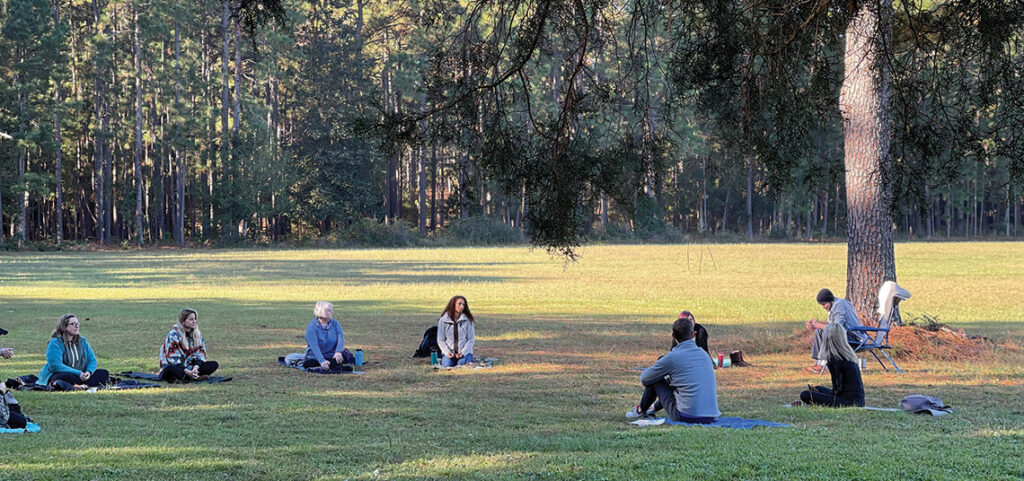
Wellness in the Pines

The Military Means Business in the Sandhills
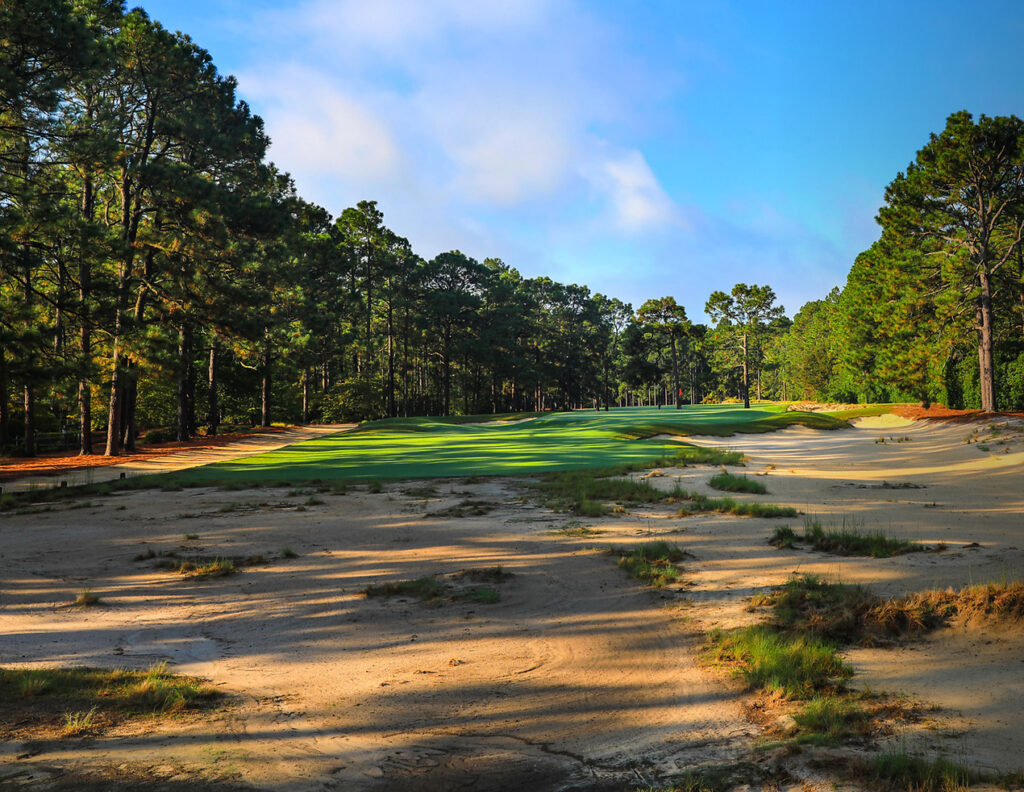
Pine Needles Goes Back in Time
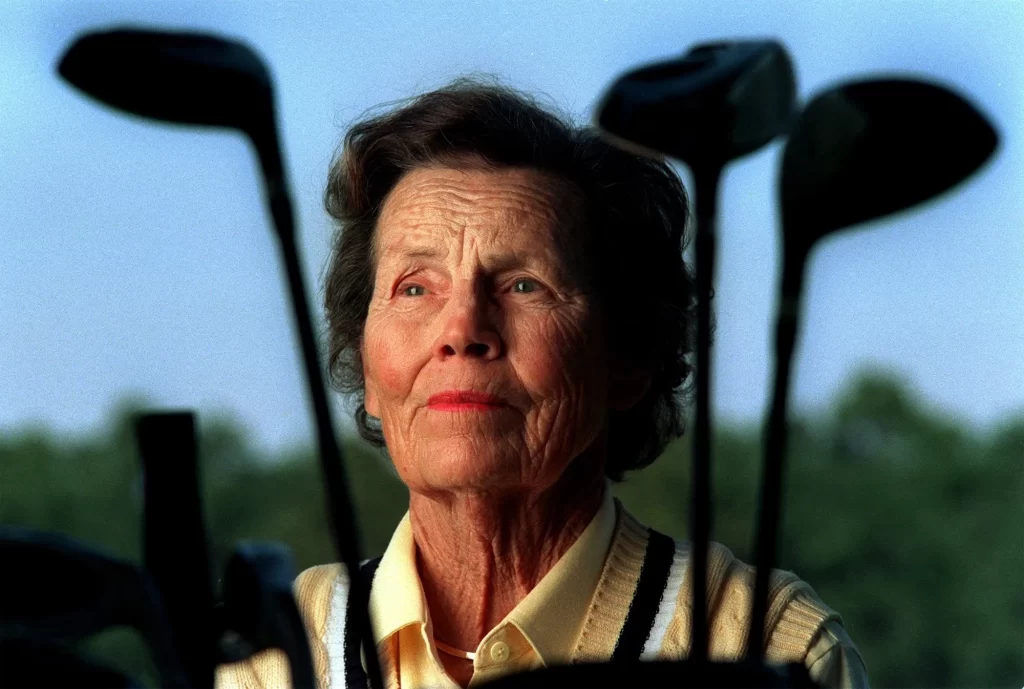
Grande Dame of Women’s Golf
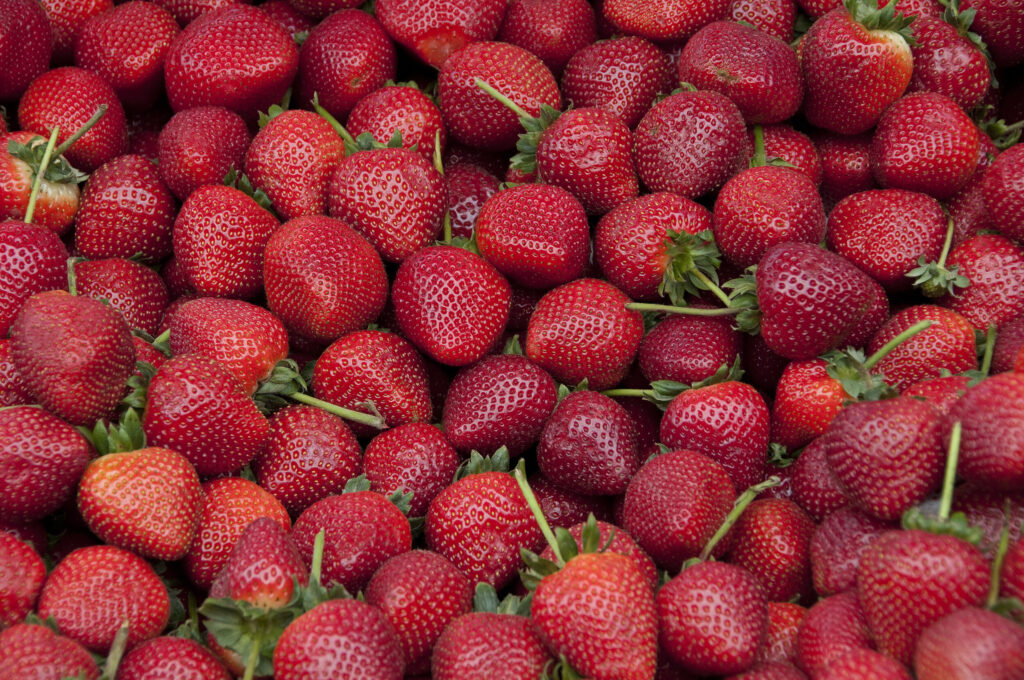
A Guide to Berry Picking in the Sandhills
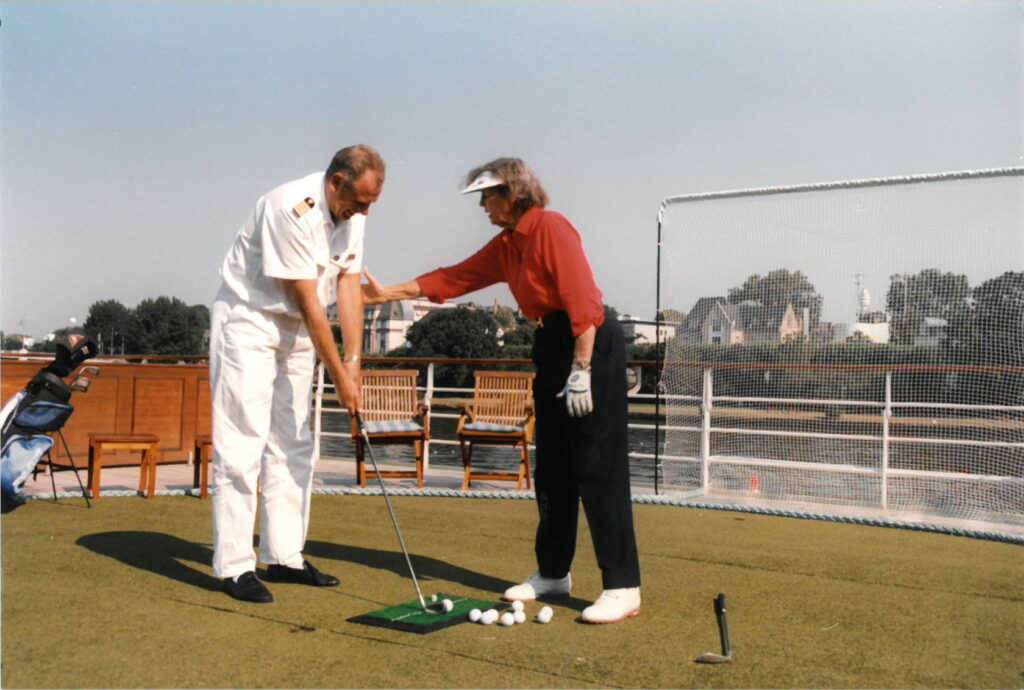
Waltzing on the Danube with Peggy Kirk Bell

Donald Ross Could Golf His Ball
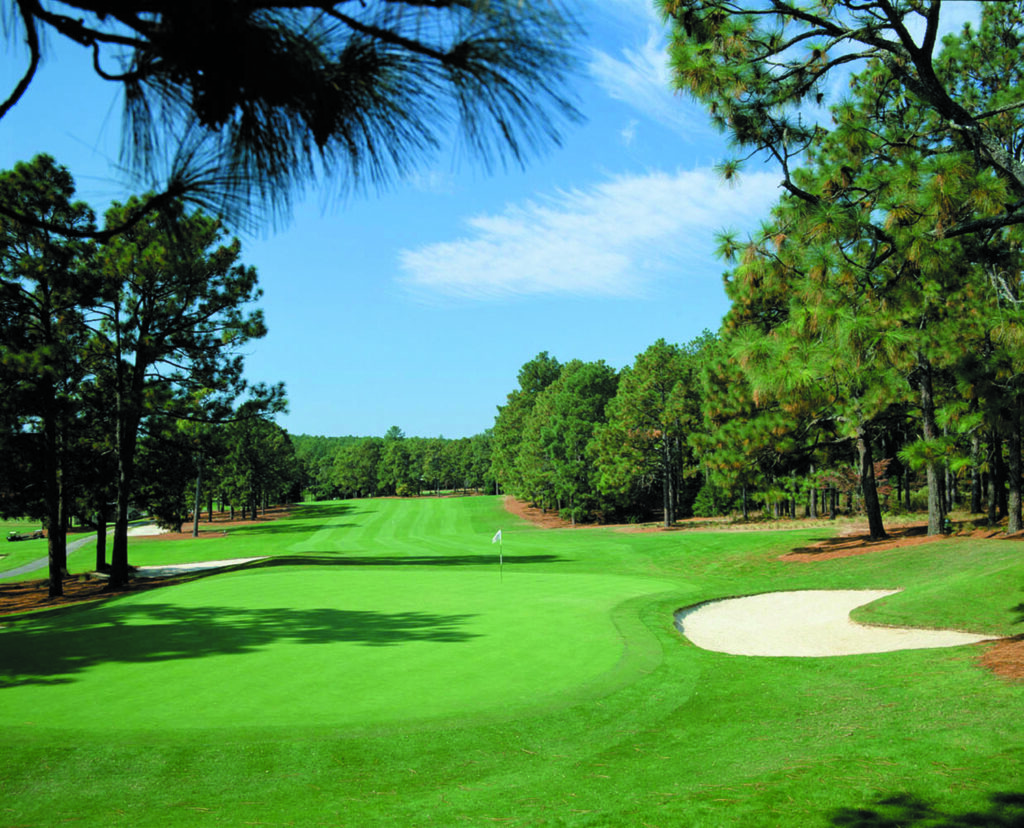
No Resting on Laurels Around the Home of American Golf

Flower Farms in the Sandhills
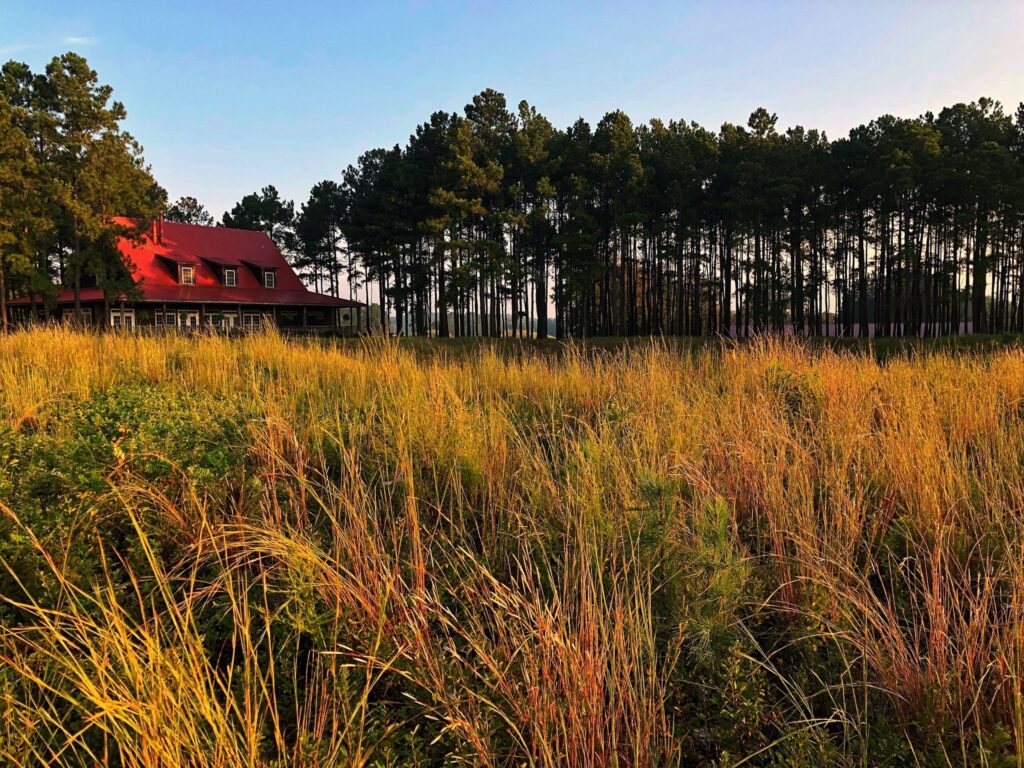
Fall into Pinehurst Golf

What Goes Around…
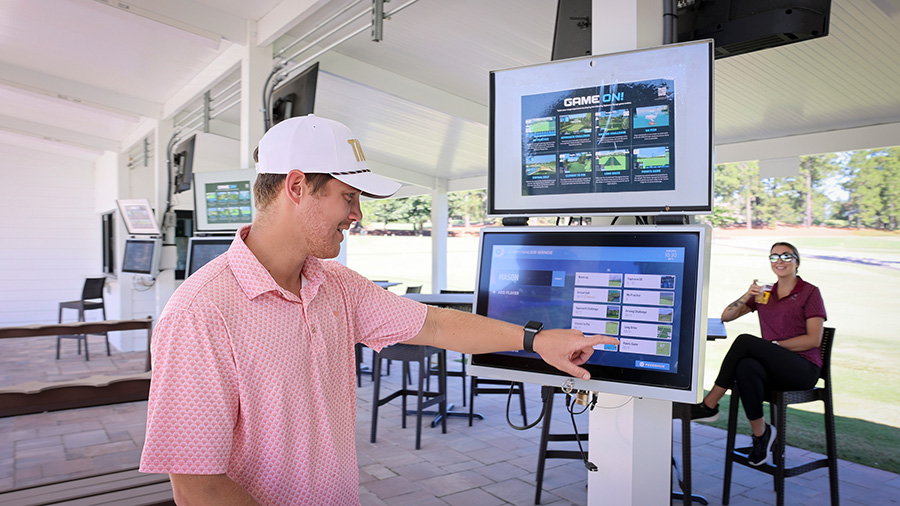
Talamore Resort Debuts New Toptracer Range

The History of the Pinehurst Inns
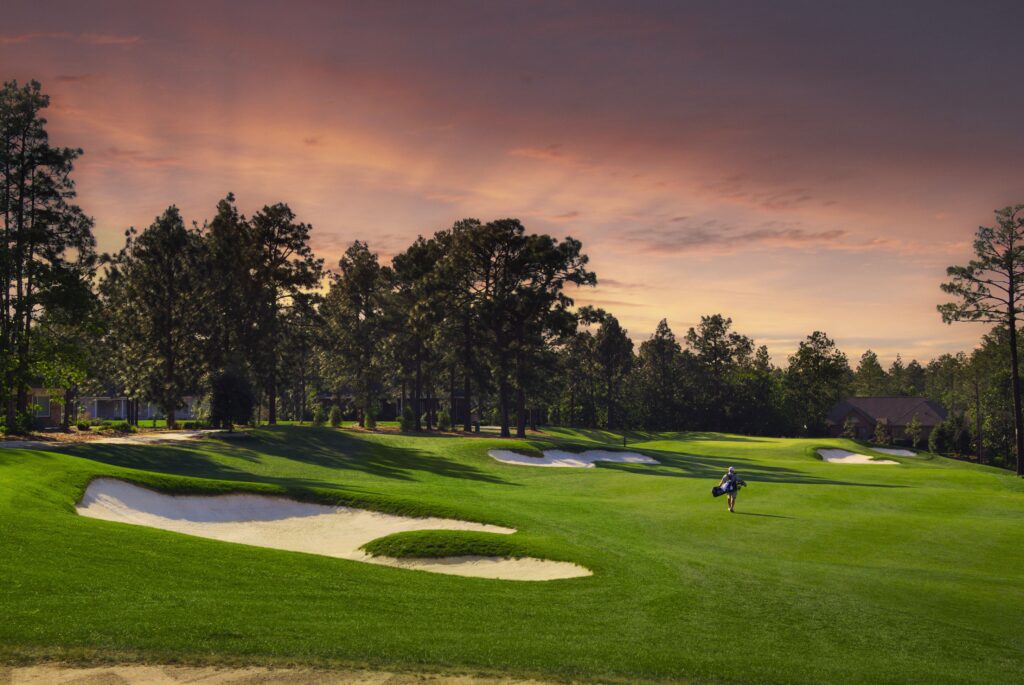
“For me, Pinehurst is such a special place for golf!”- Tom Fazio
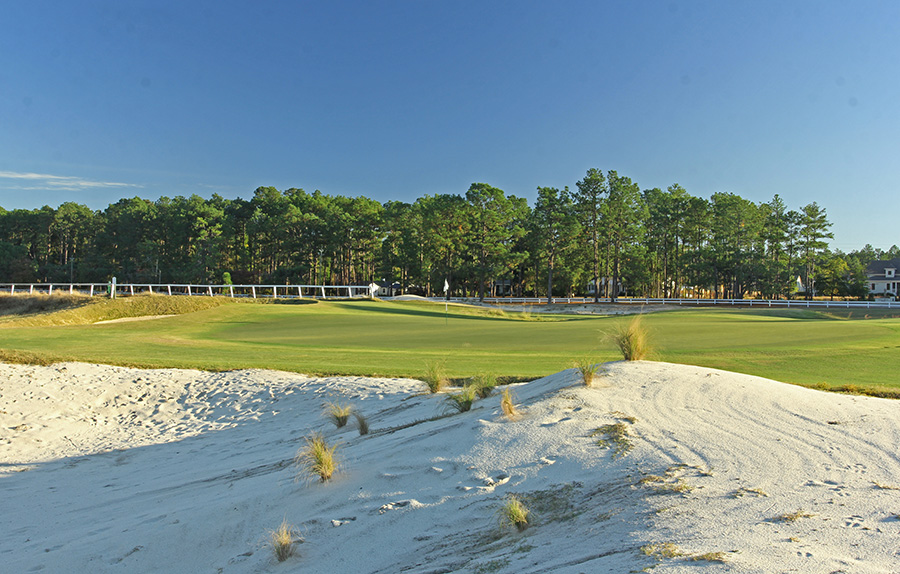
Maples Roots Run Deep in Sandhills Golf Design

New Southern Pines Mural

Pinehurst Area Buzzing with 2023 Excitement

Discover the Sweetness of the Sandhills
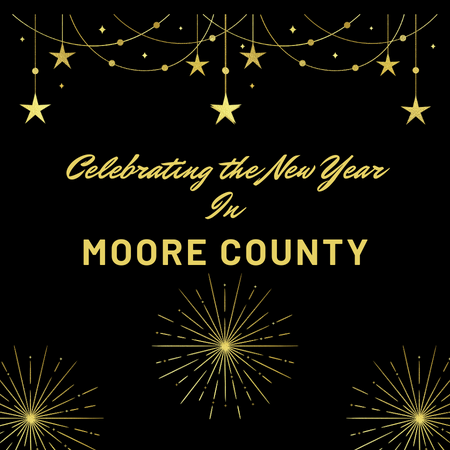
Celebrating the New Year in Moore County

The Big Three
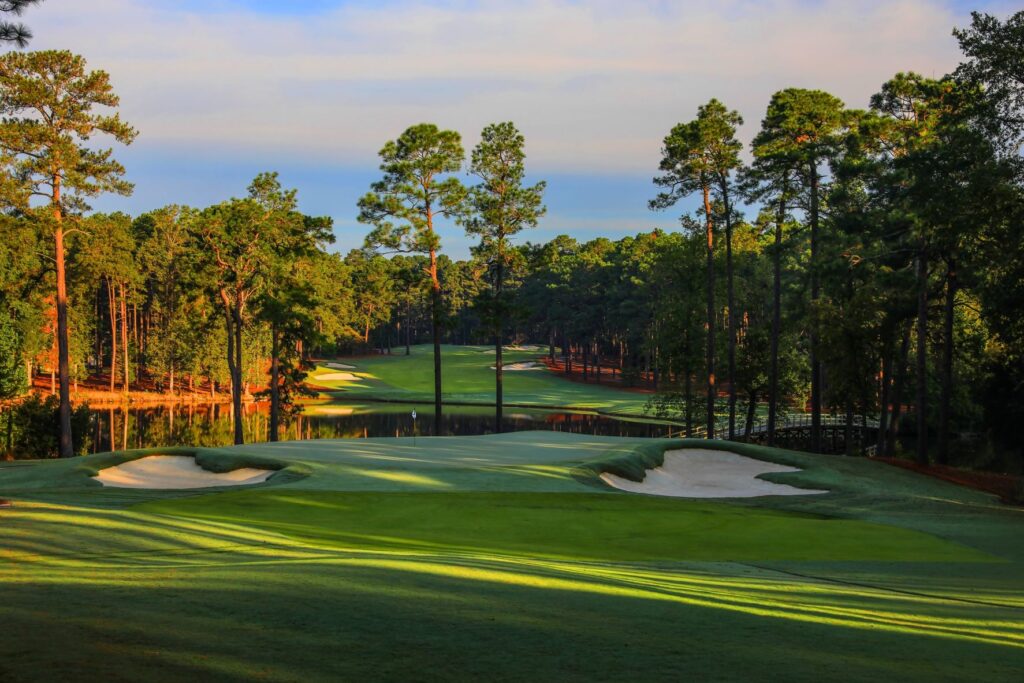
Jones Family Imprint
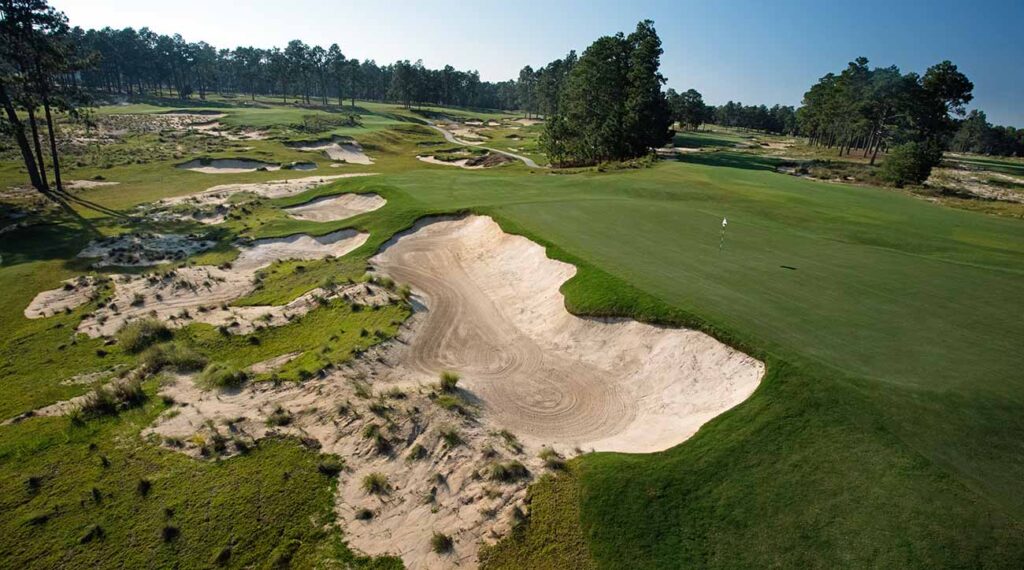
The Hanse Touch
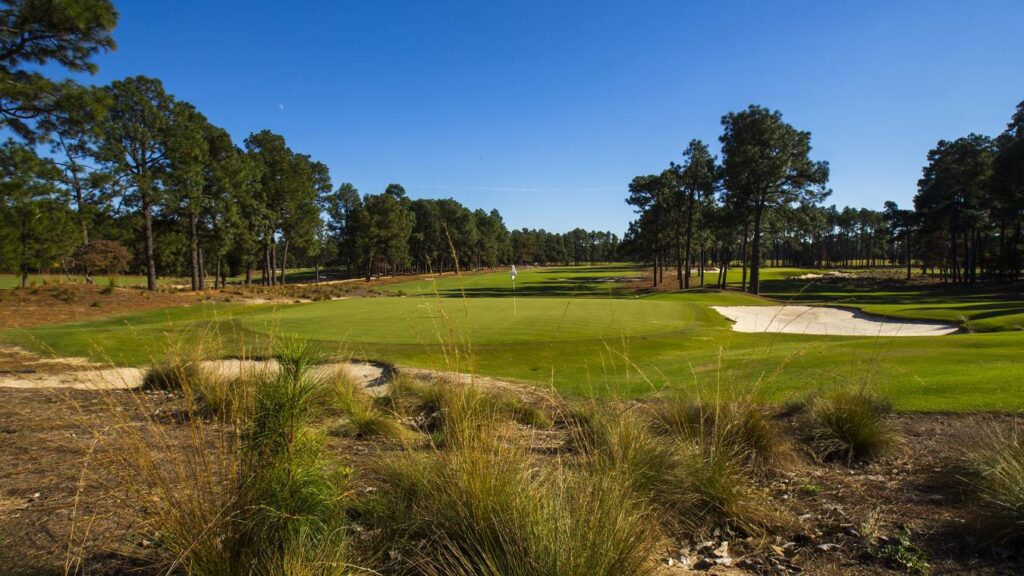
Coore & Crenshaw Roots Run Deep
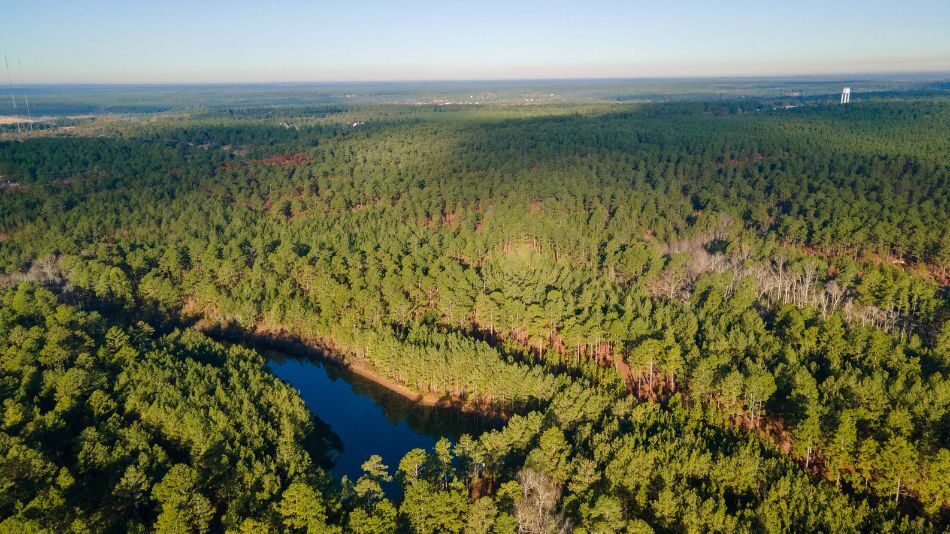
Pinehurst Resort Announces New Course to be Designed by Tom Doak
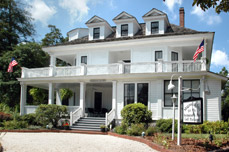
PINEHURST’S MAGNOLIA INN REOPENS
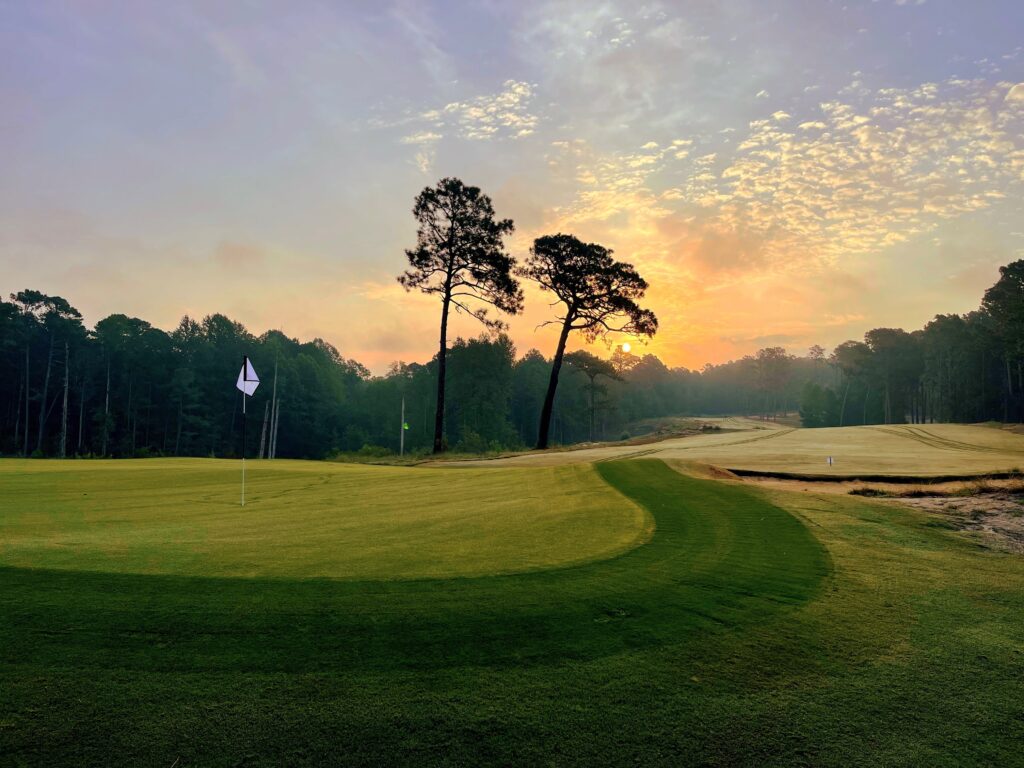
Southern Pines Golf Club Recognized
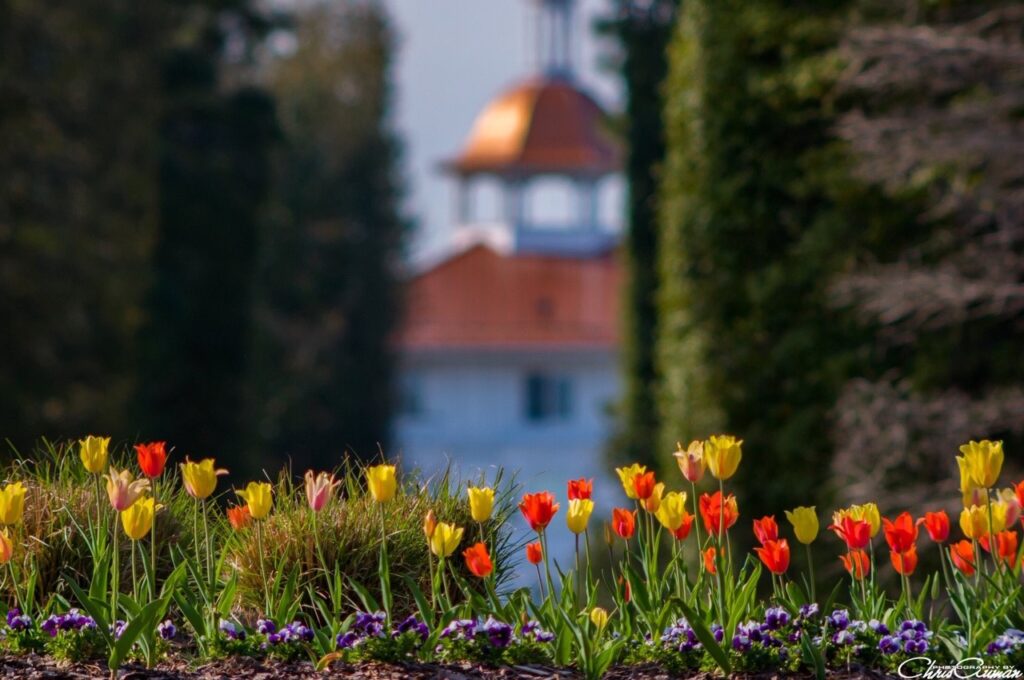
Spring in the Sandhills

Mother/Daughter Weekend in the Sandhills
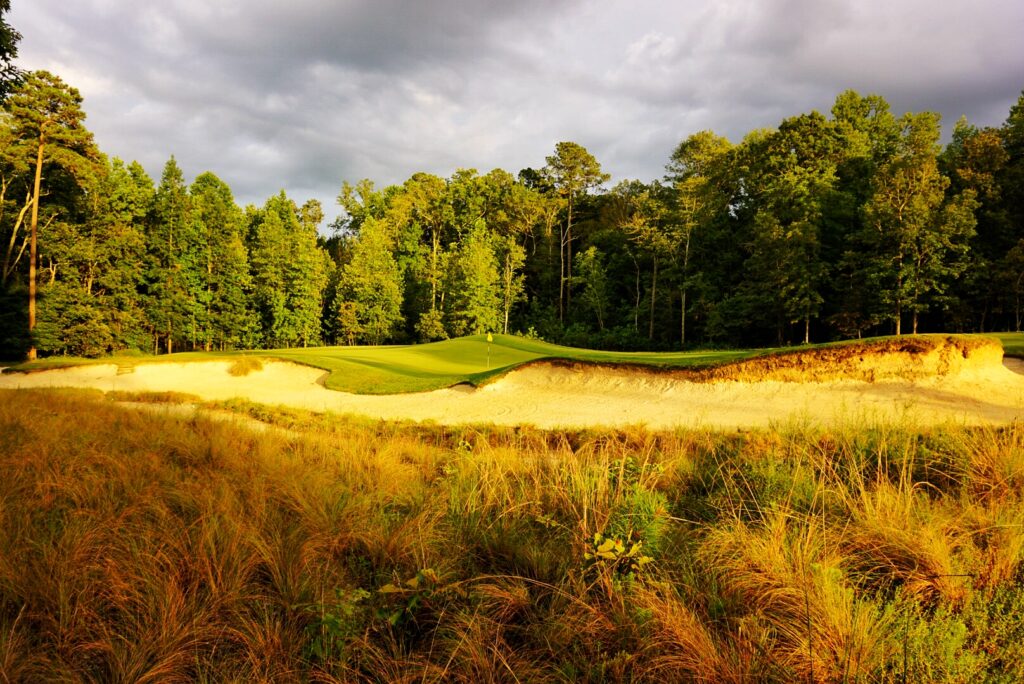
A Few of Our Favorite (Golfing) Things
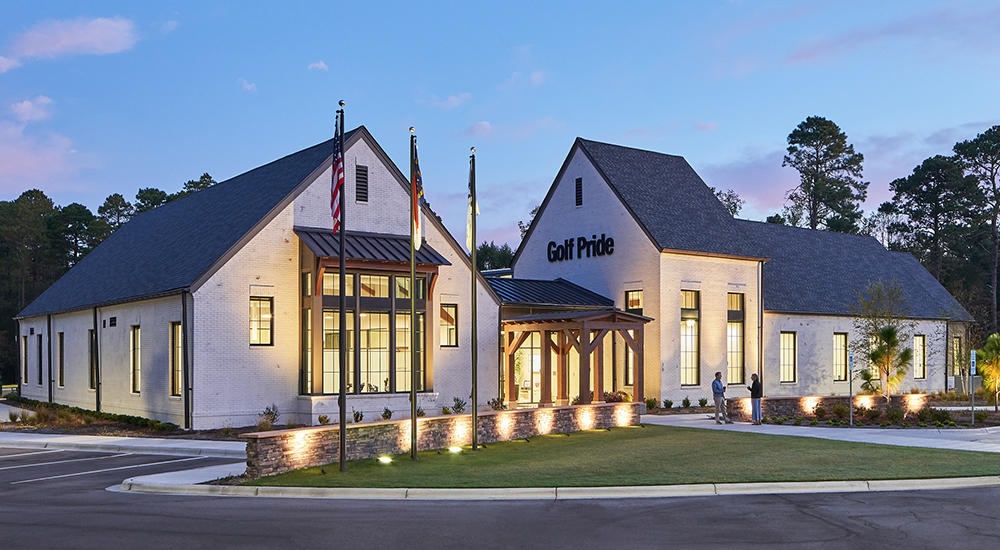
Golf Pride Retail Lab a must-see experience for your Pinehurst itinerary
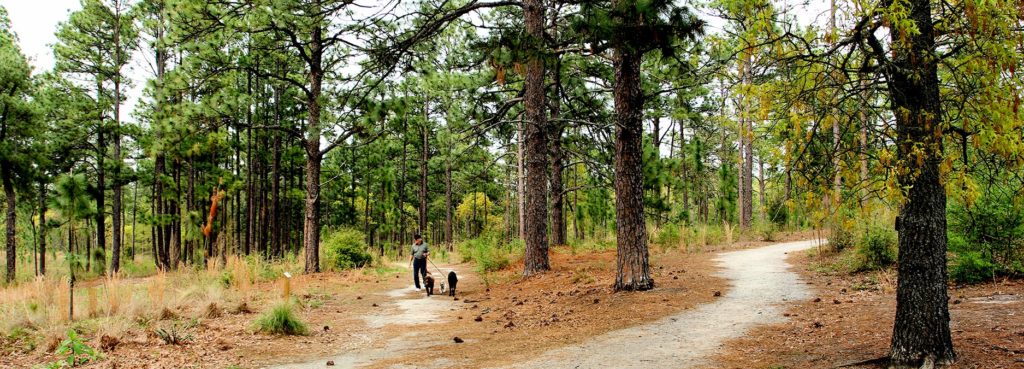
6 Trails to Explore for the Year of the Trail

Pinehurst No. 2 Still Ranked Best Course in NC

Sandhills Ecology 101
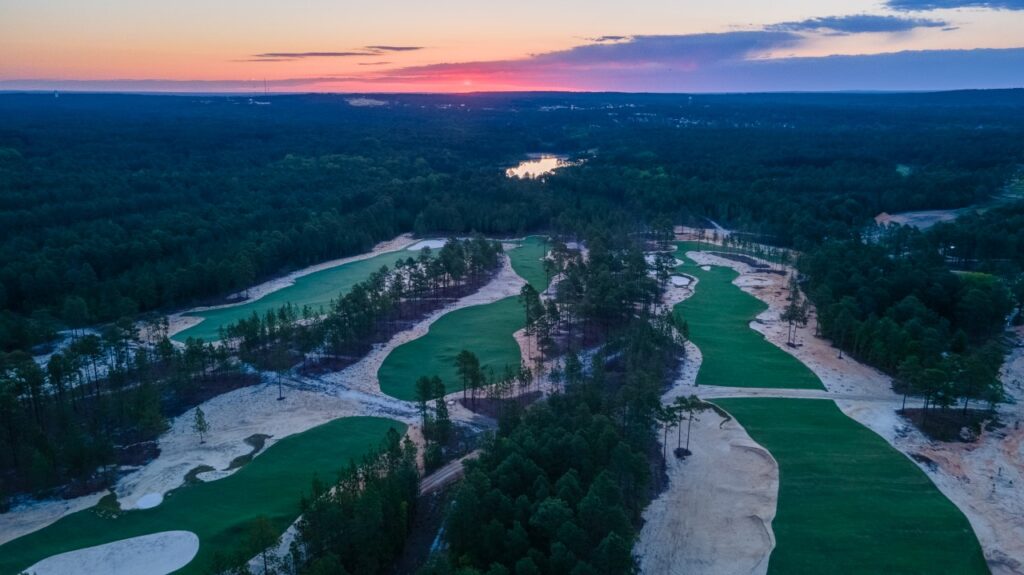
X Marks the 10-Spot

Best Date Night Ideas in the Sandhills
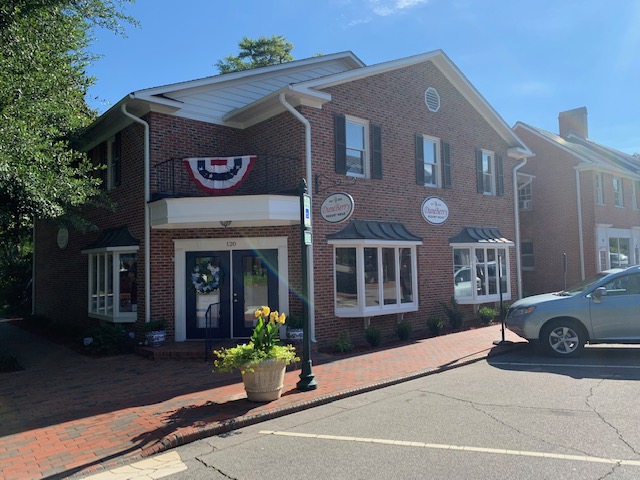
Small Towns Big Style

9 Urban Trails Around Pinehurst Area
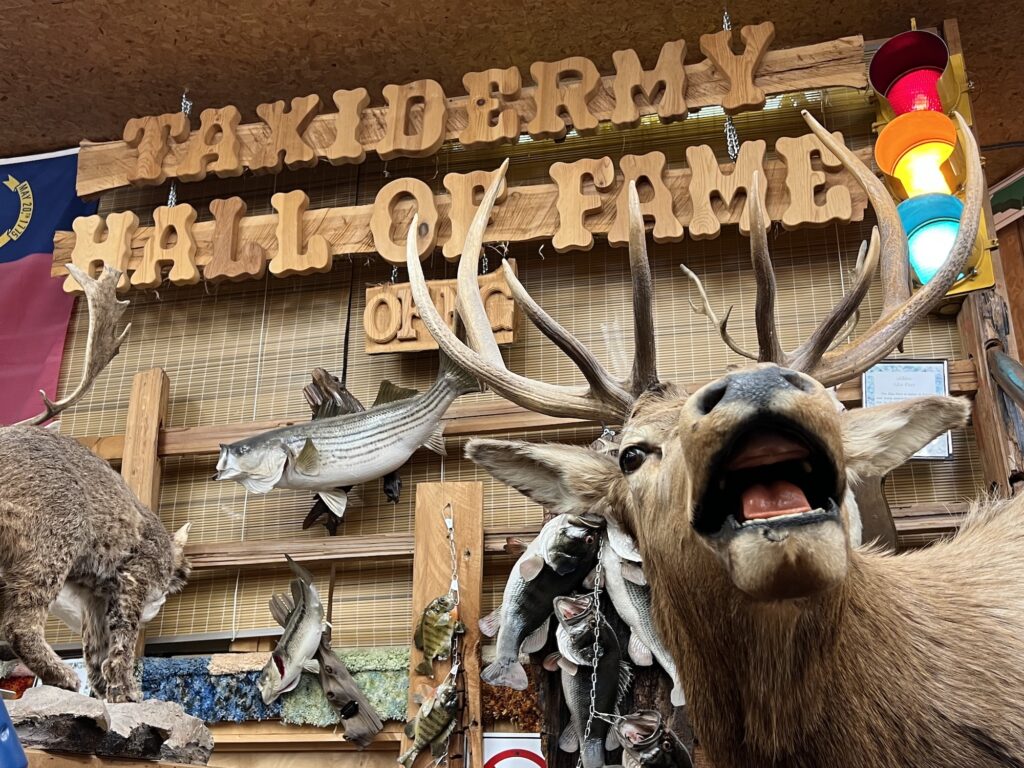
Uniquely Pinehurst

2024 U.S. Open: A Look Ahead

1999 U.S. Open: A Look Back

A Restorative Weekend Getaway at Tanglewood Farm B&B in Southern Pines
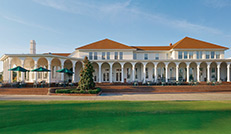
Top Things To Do On A Long Weekend

Independence Day in the Sandhills
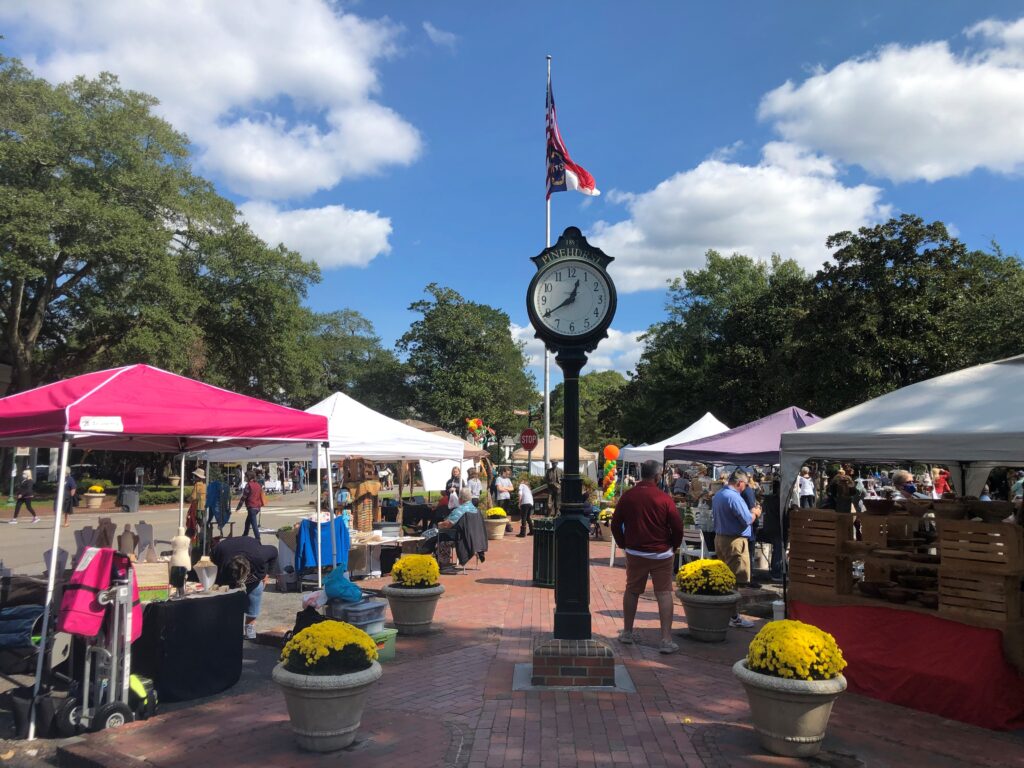
Fall Events Around the Sandhills

Celebrating NC Peaches

Kid You Not
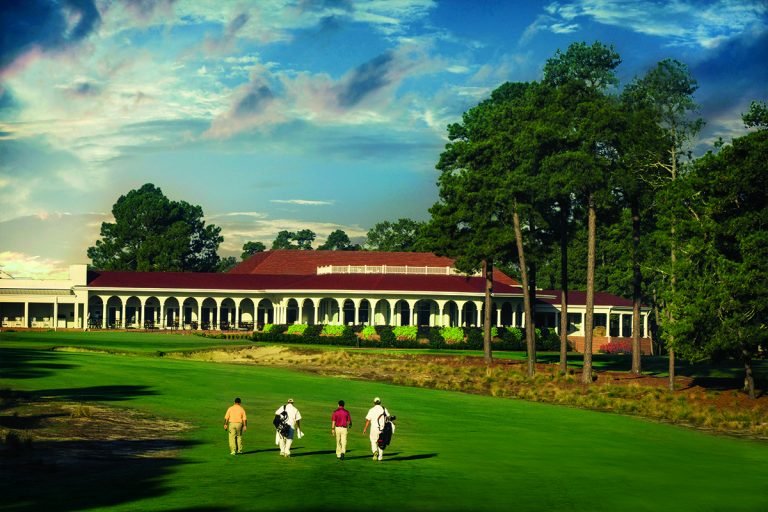
Sleepy Summers No More
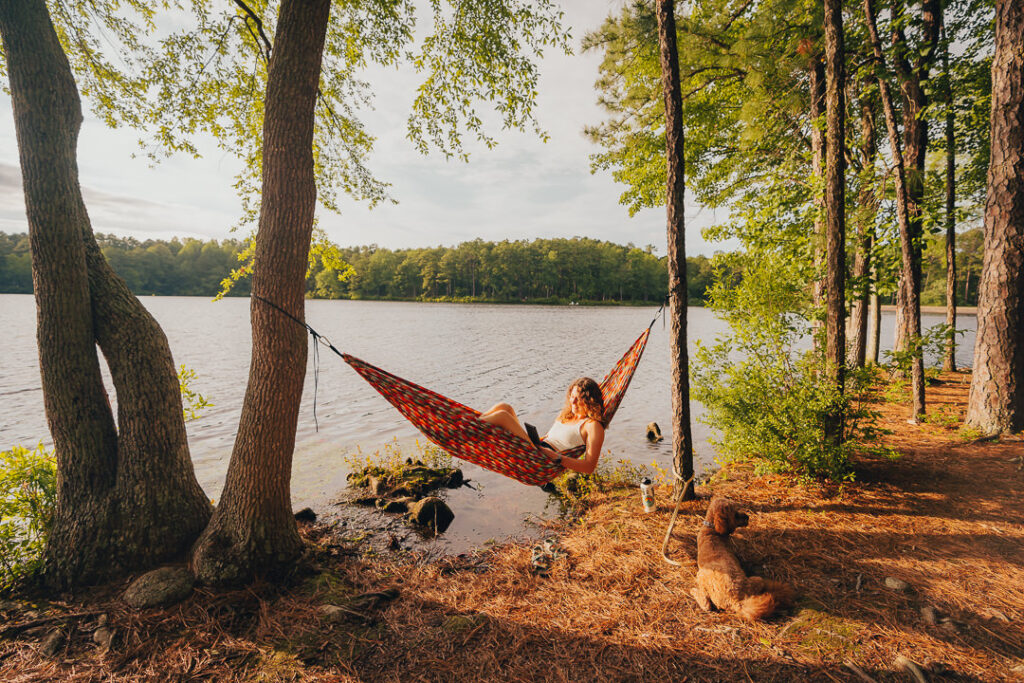
Getting Outside

When They Were Young
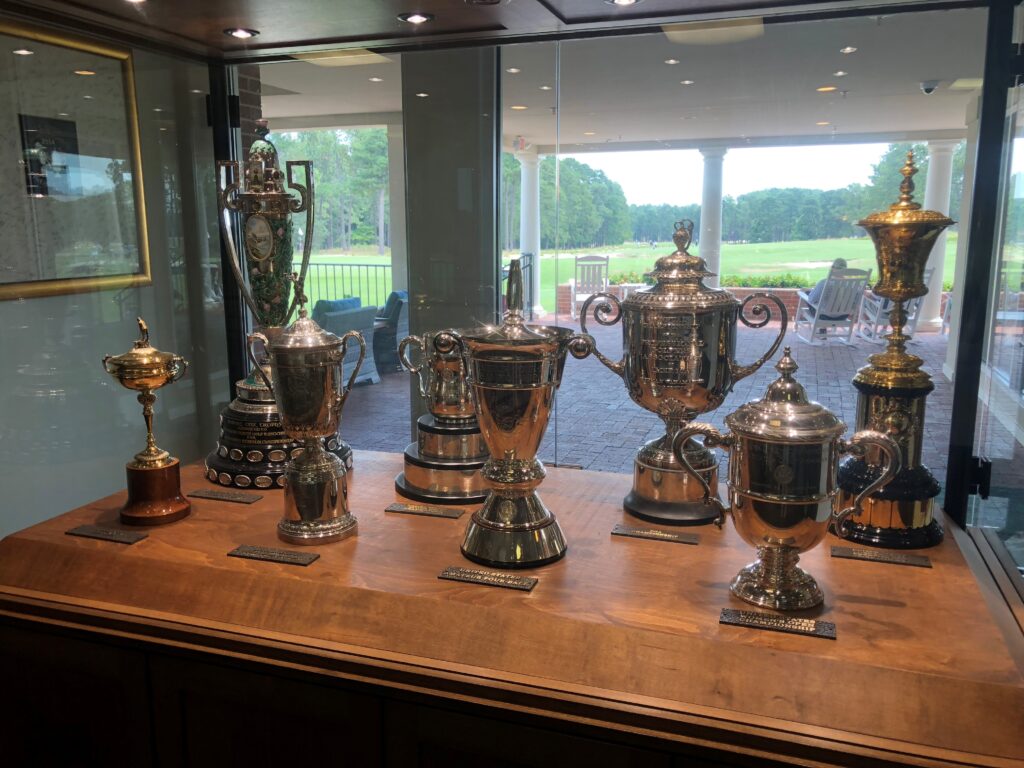
Pinehurst Major-itis

Loving Our Black & Whites
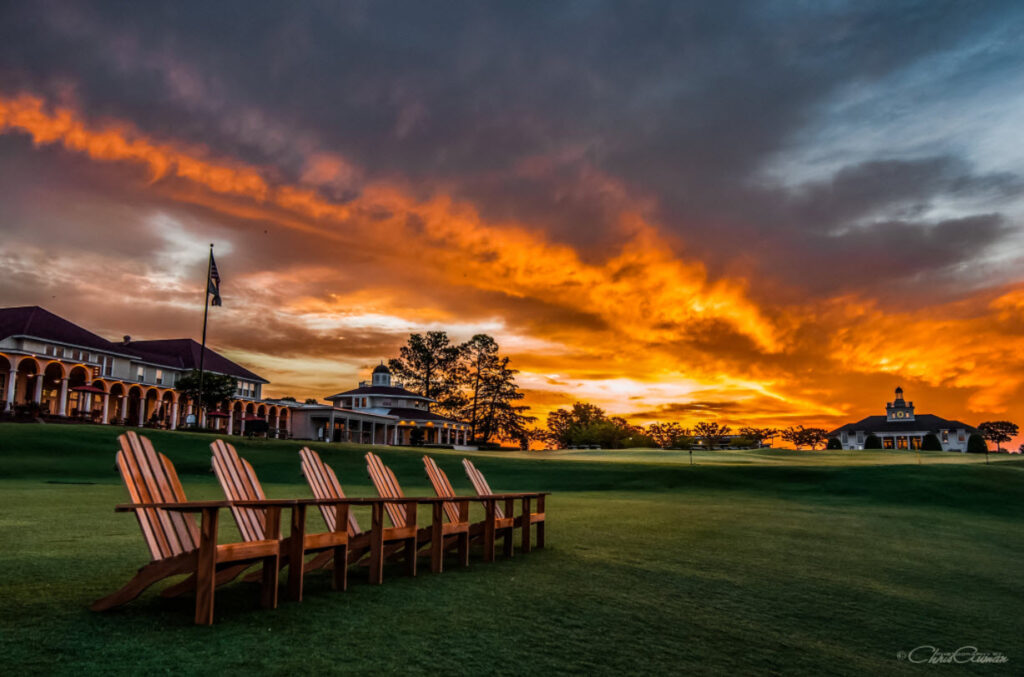
Lens of the Sandhills

Festival D’avion Named as Signature Event
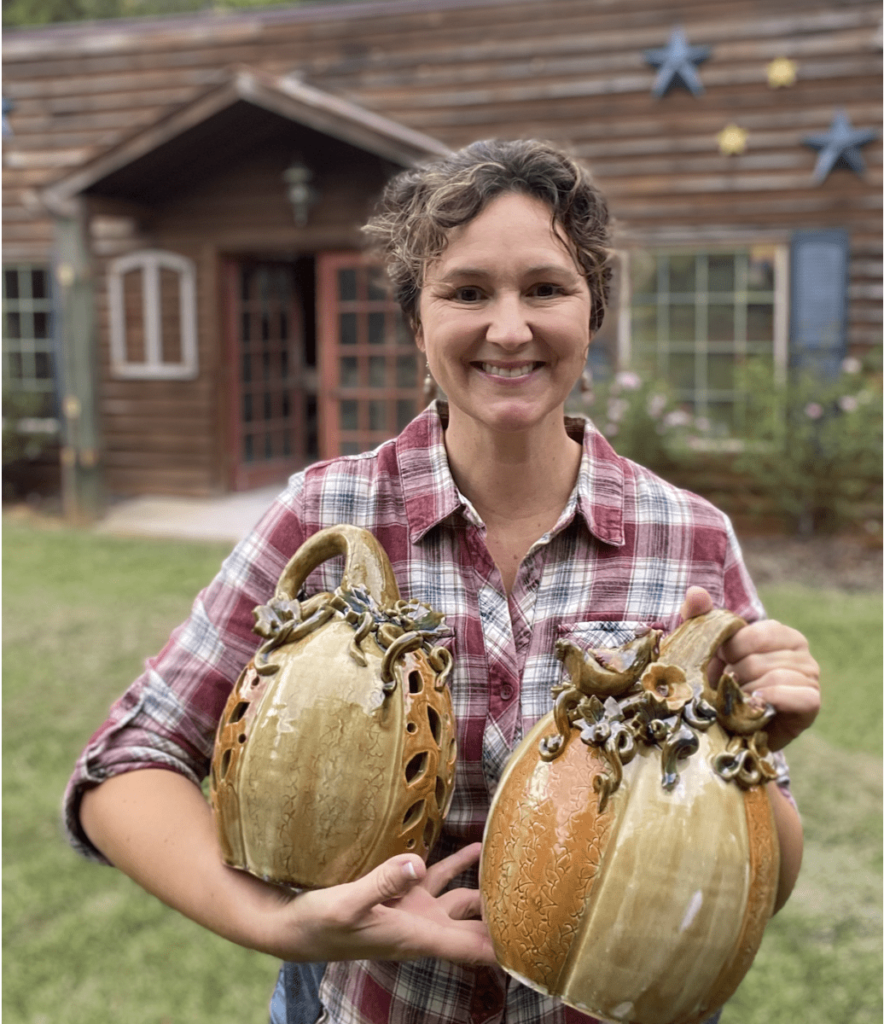
Celebrate American Craft Week

Act Two for Tot Hill Farm
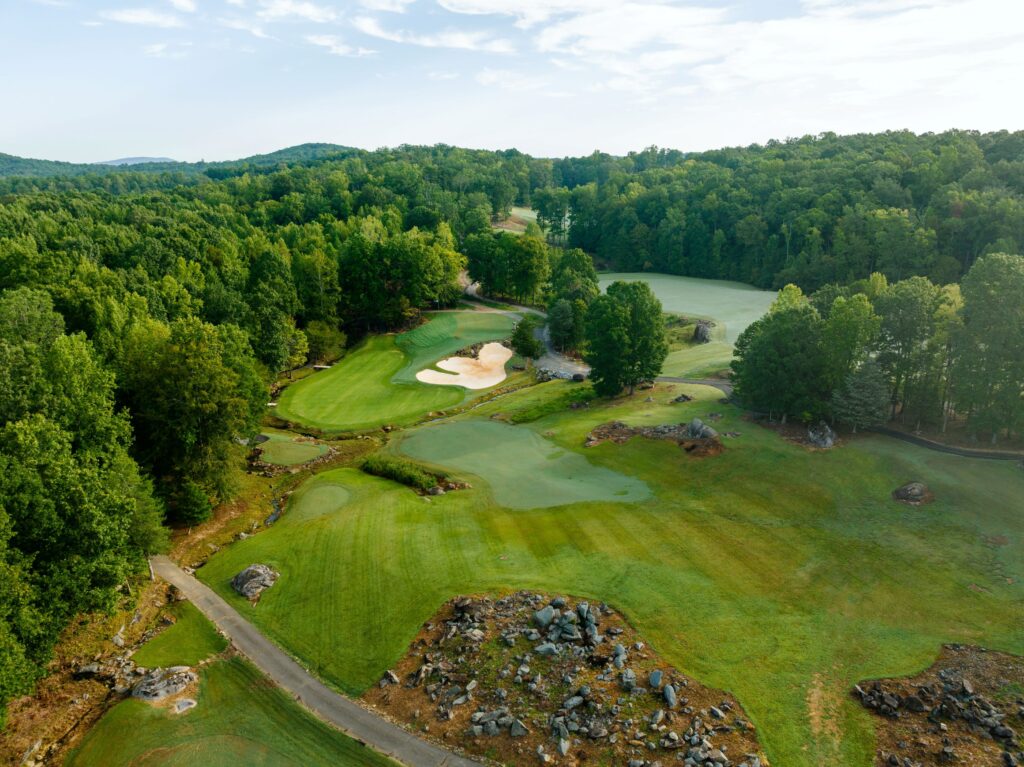
An Artist in the Dirt
Legends of the Pines

Breakfast Joints of the Sandhills

The Scottish Invasion

To Dornoch and Back
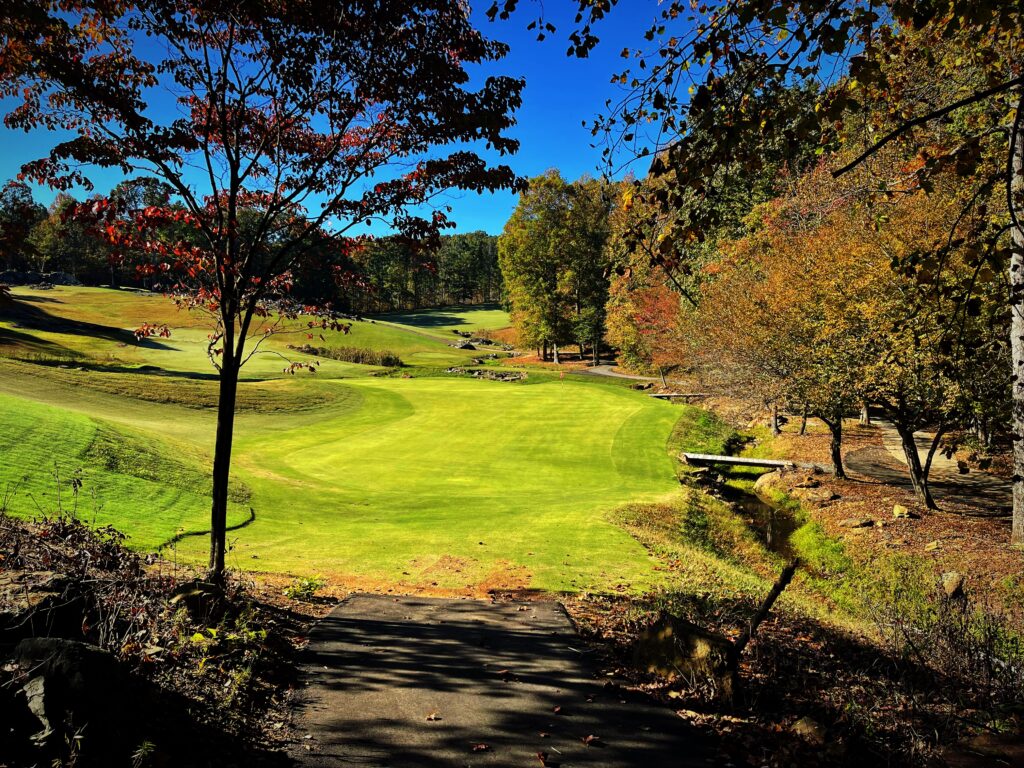
A “New” Pinehurst Welcomes the World in 2024
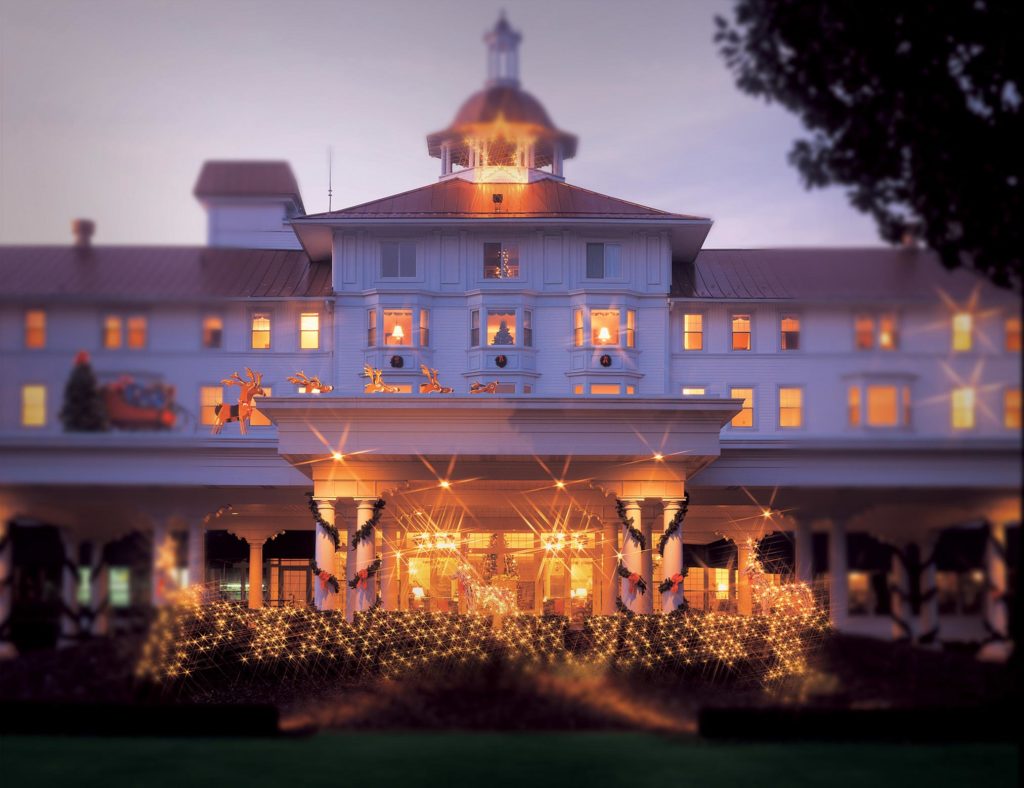
Pinehurst Holiday

Golfers Gift Guide
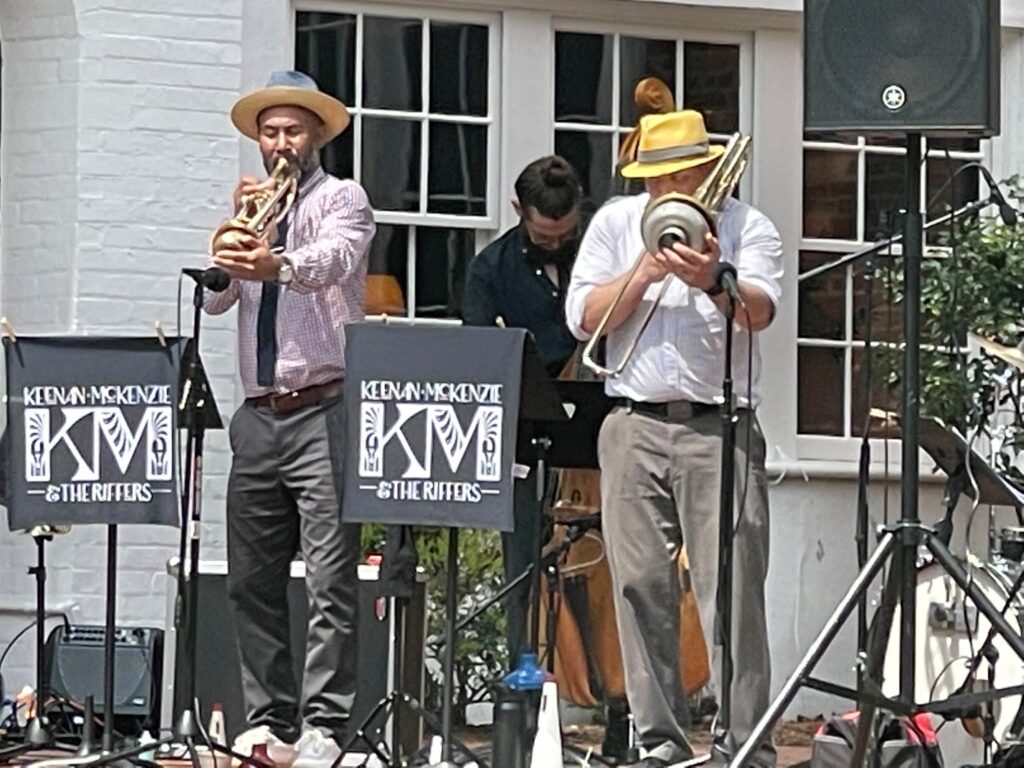
Sandhills Nightlife Scene

A U.S. Open Year
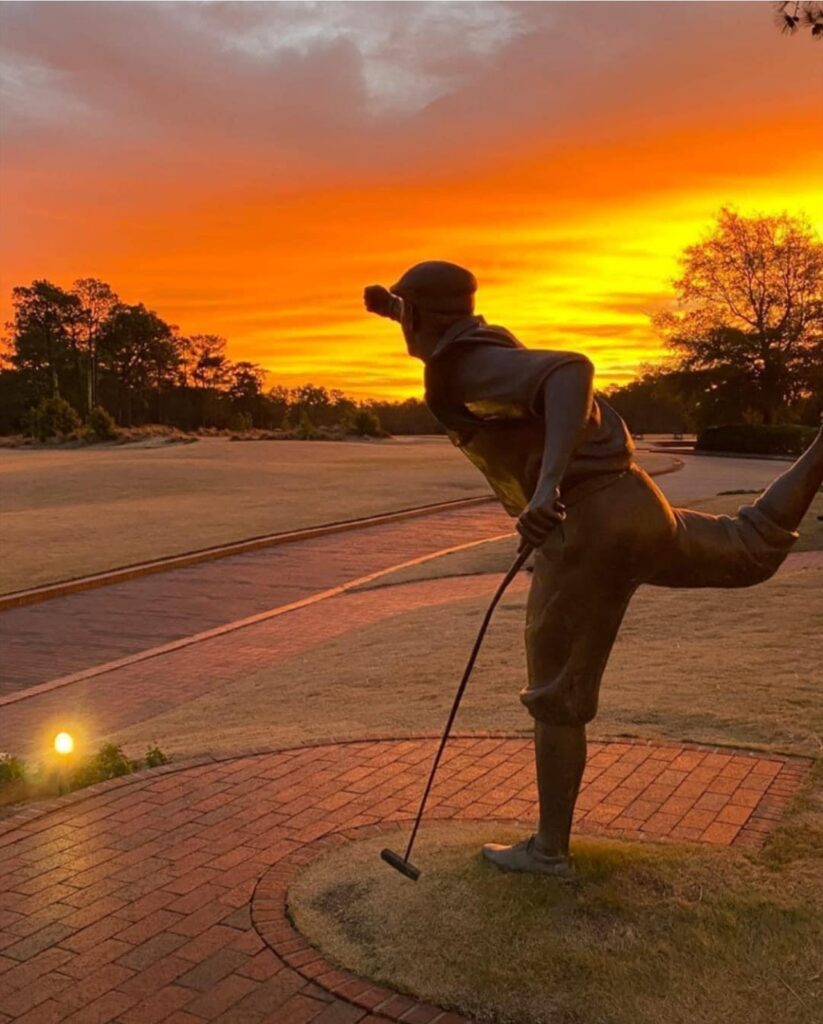
Payne at 25

Where to Antique in Cameron and Carthage

Girls’ Weekend in Moore County
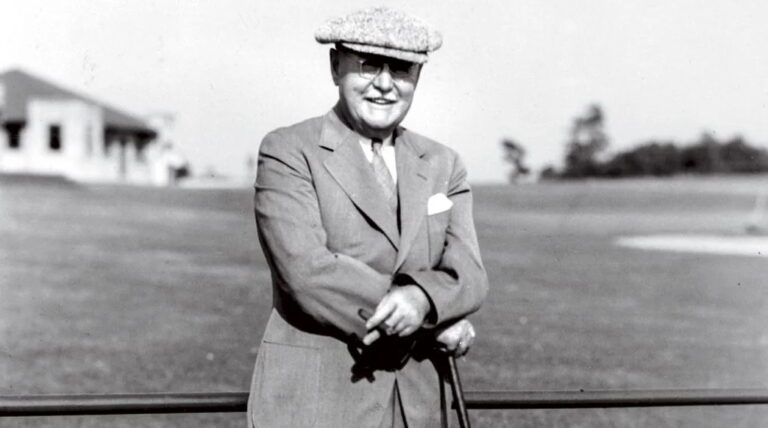
Sandhills Hall of Fame
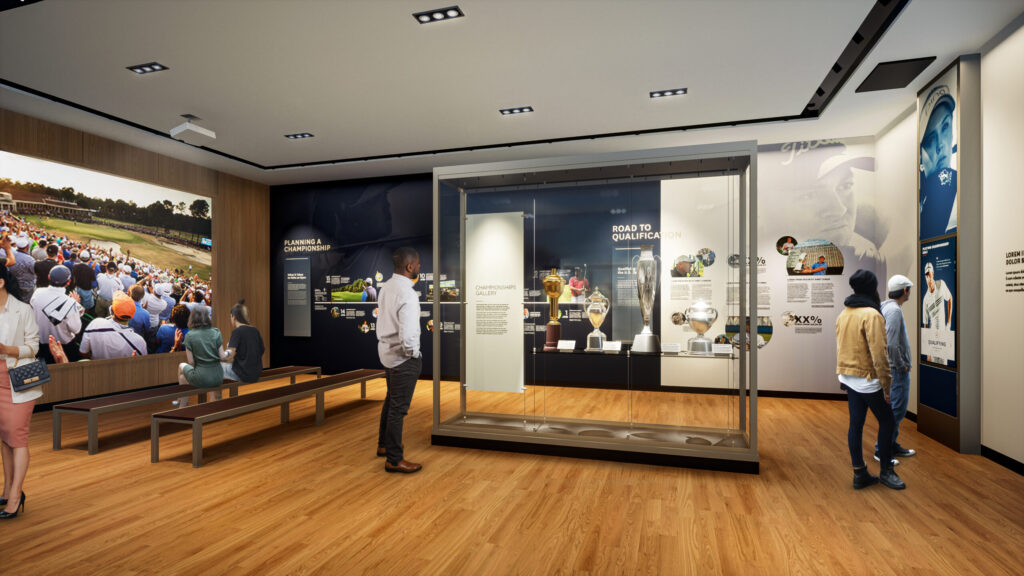
Hall of Fame Take Two
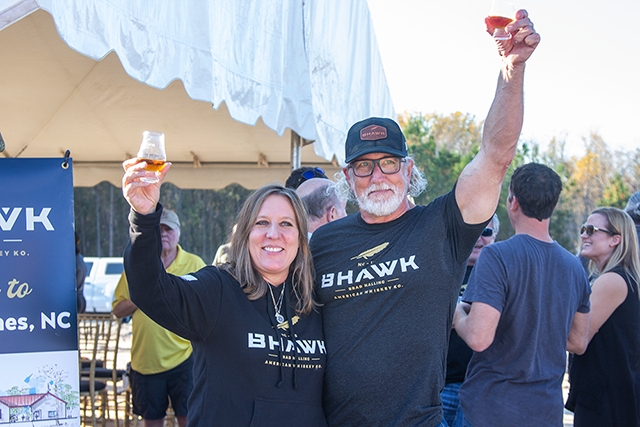
BHAWK Distillery Toasts Military Spirit

A Dozen Master Strokes
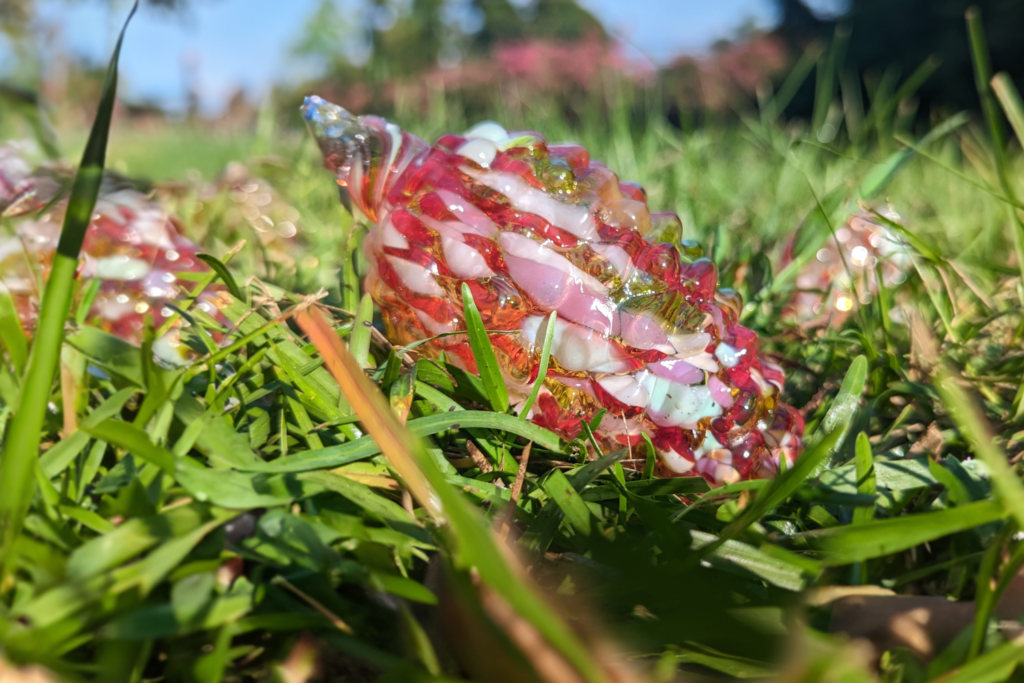
Popular Pinecone Pathways Returns for Spring 2024
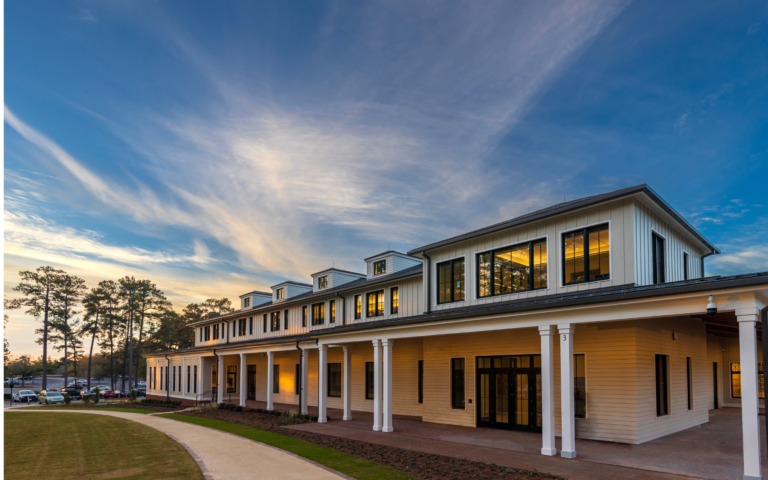
The Dynamic Decade
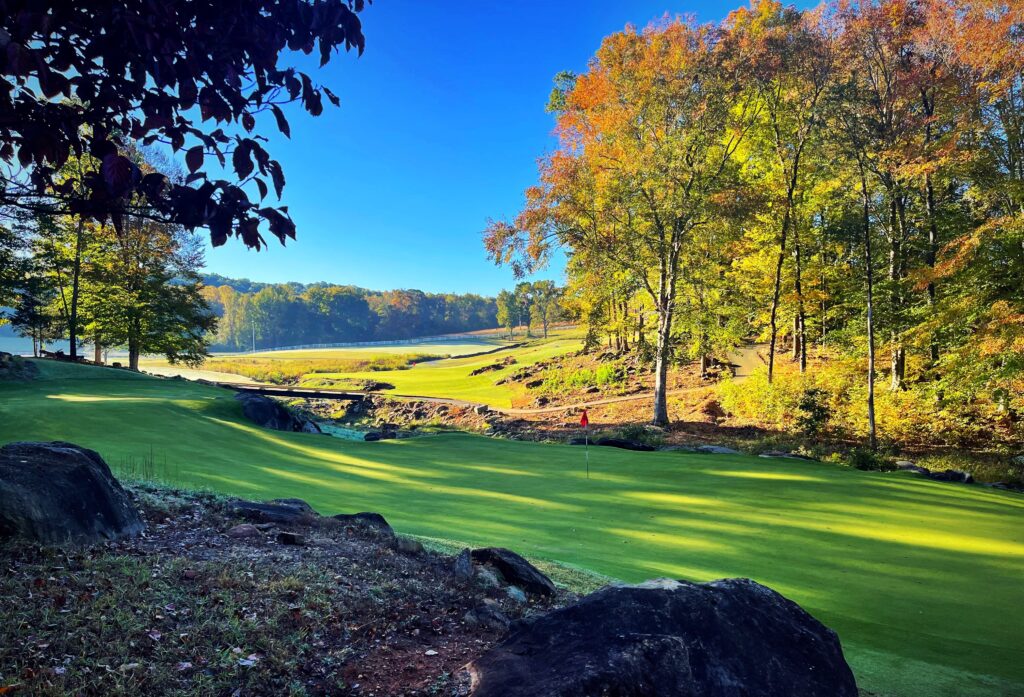
Sandhills Pours Double Dose
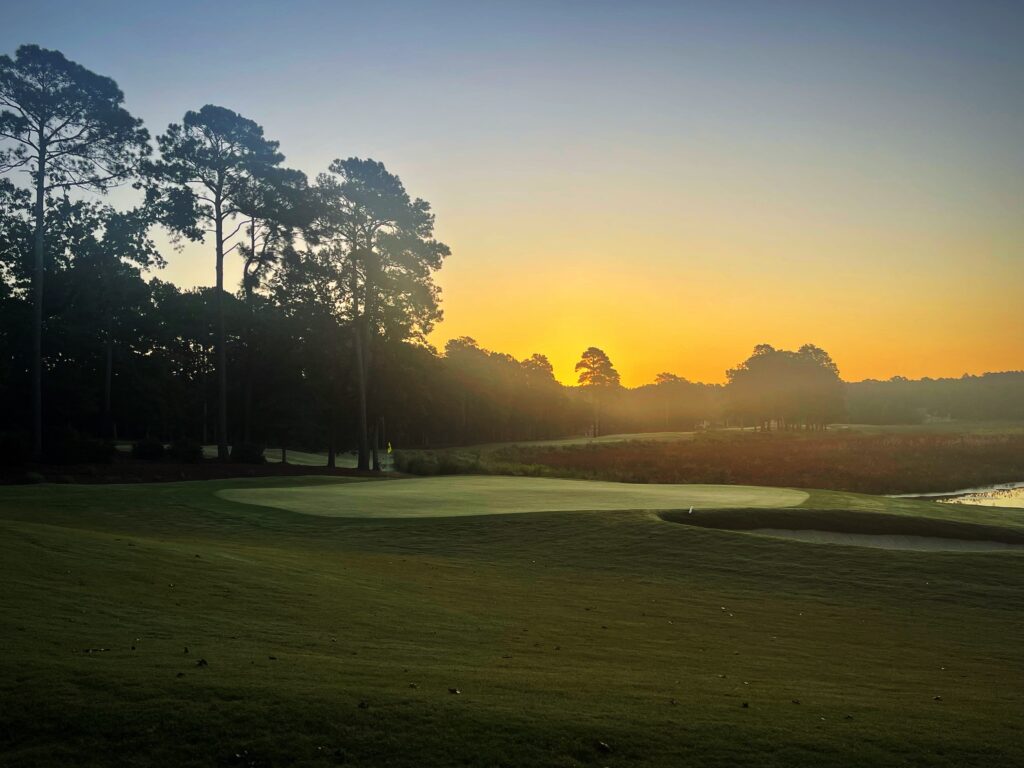
Rebirth at Woodlake
Pints in the Pines: A Guide to the Breweries of the Sandhills

